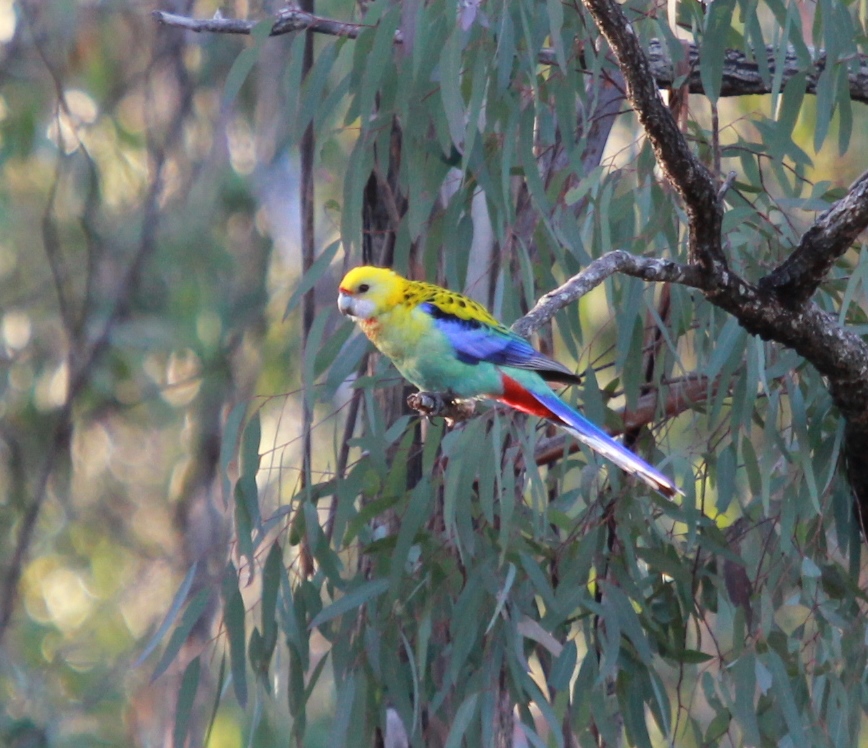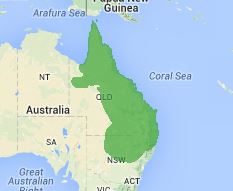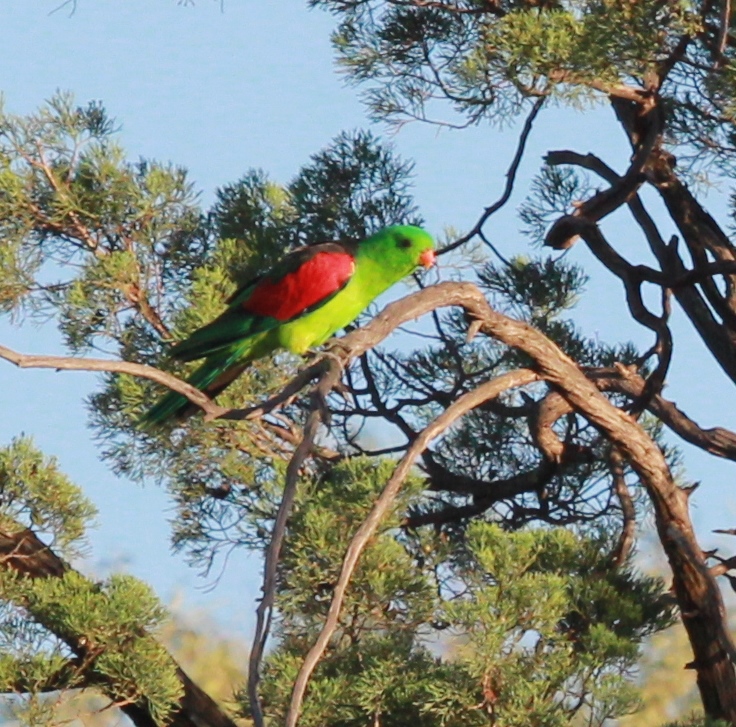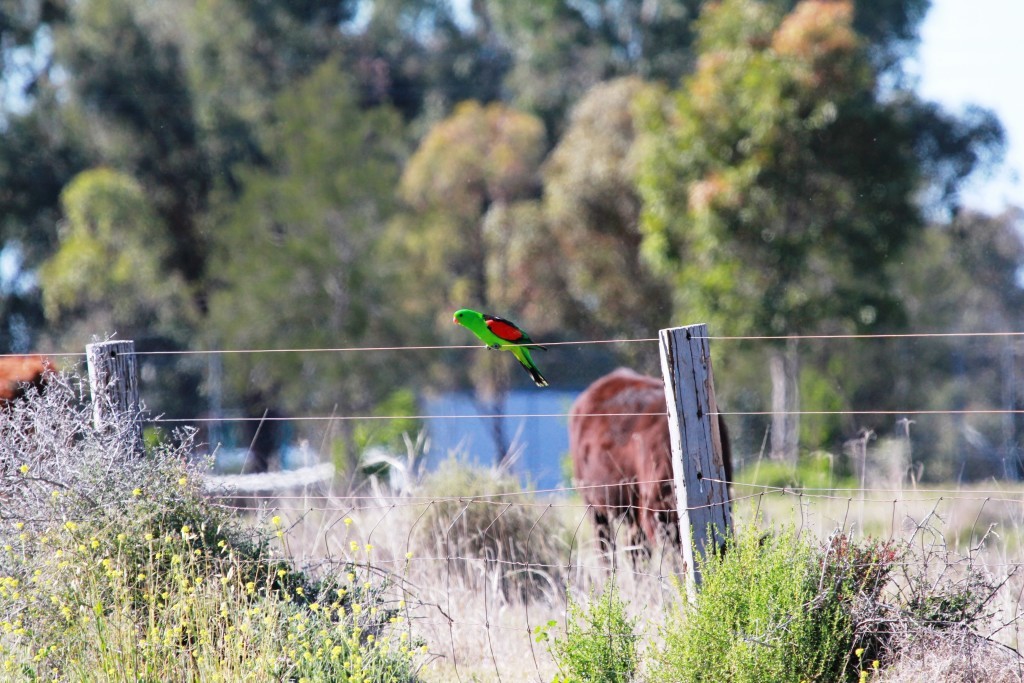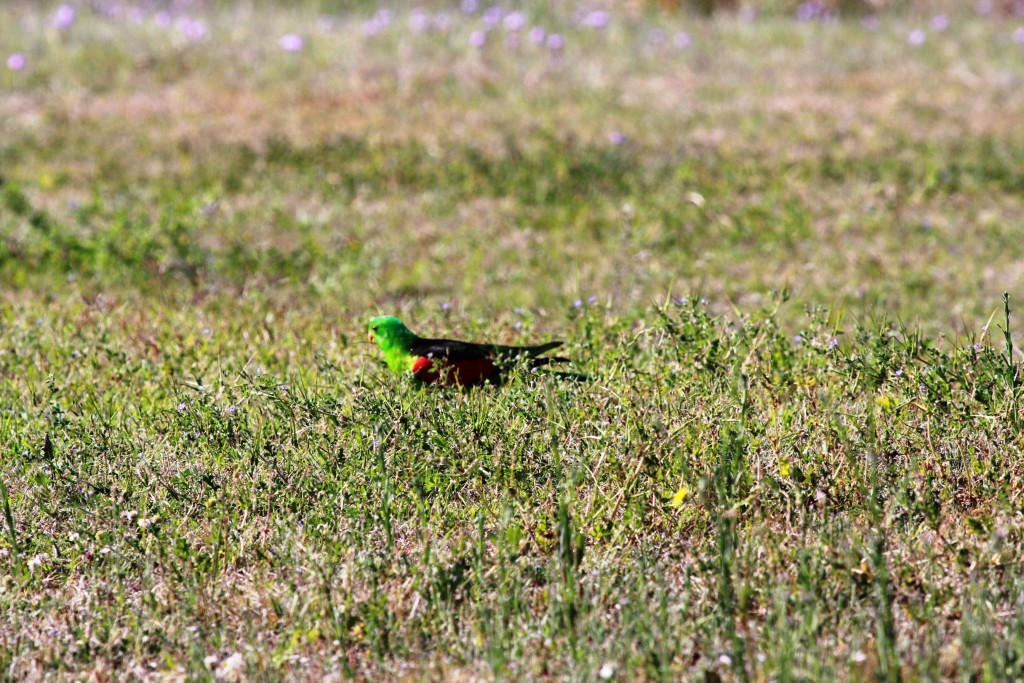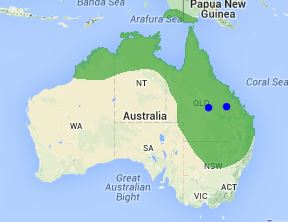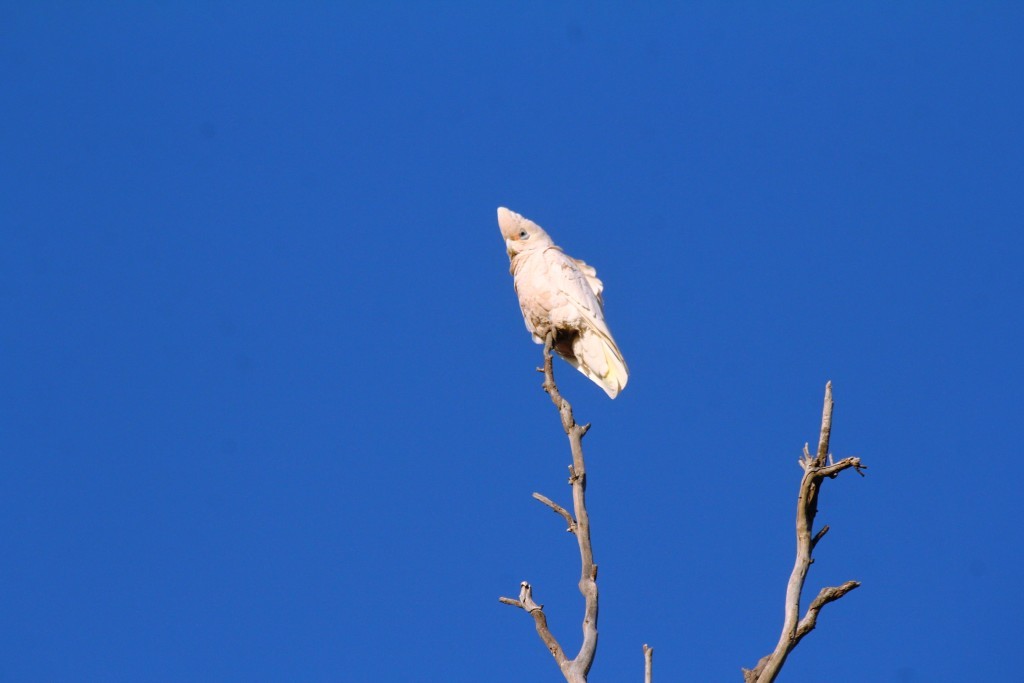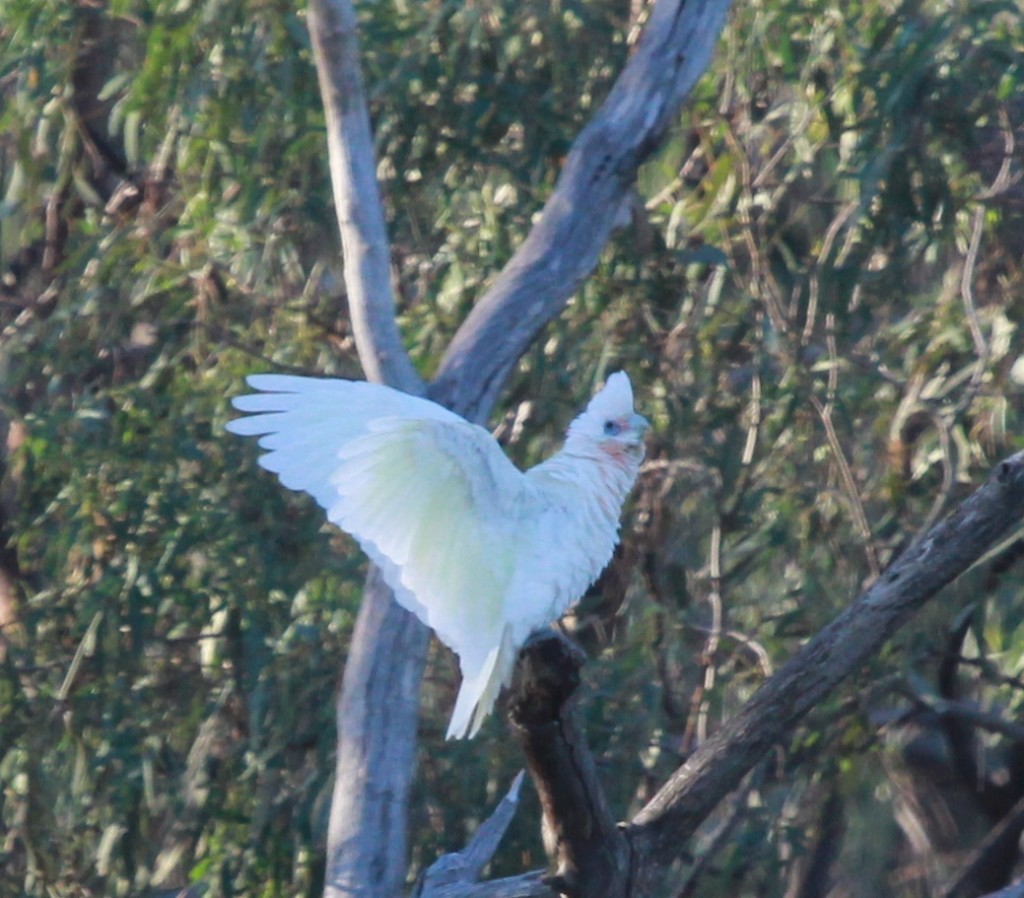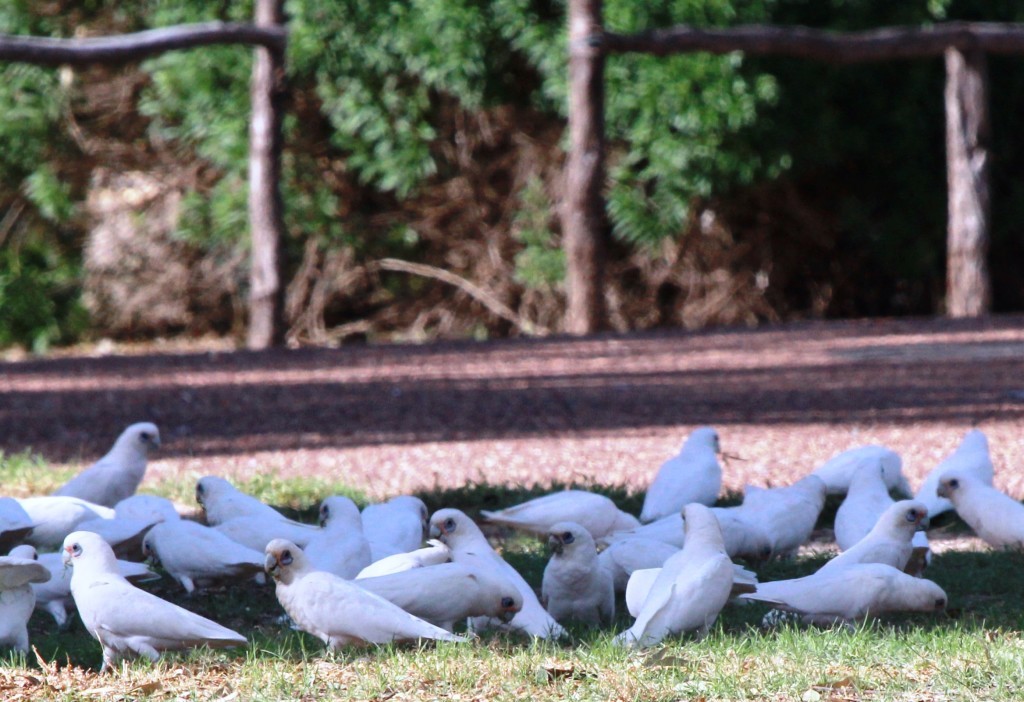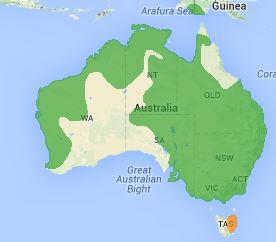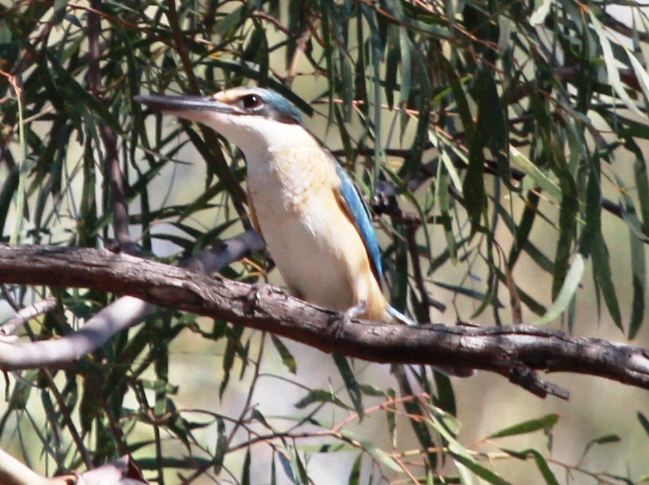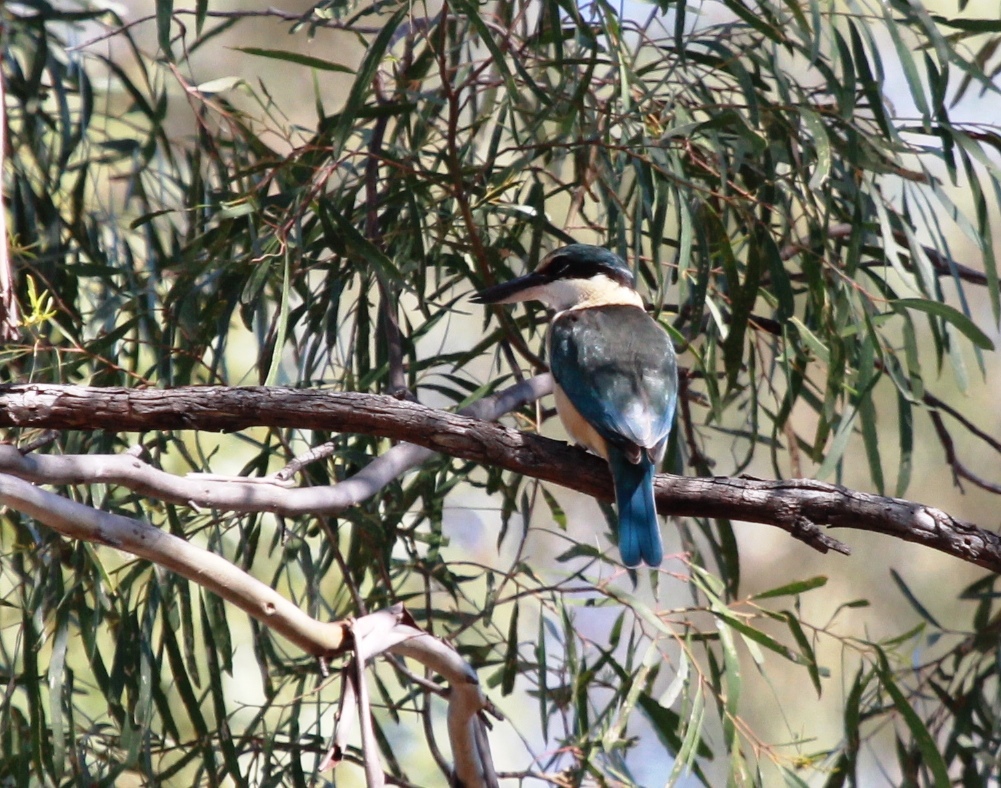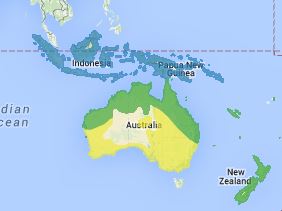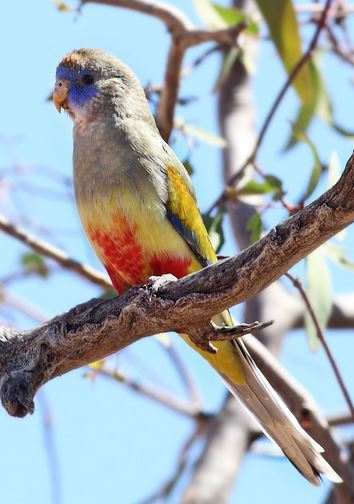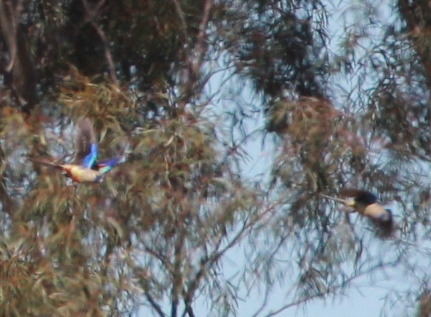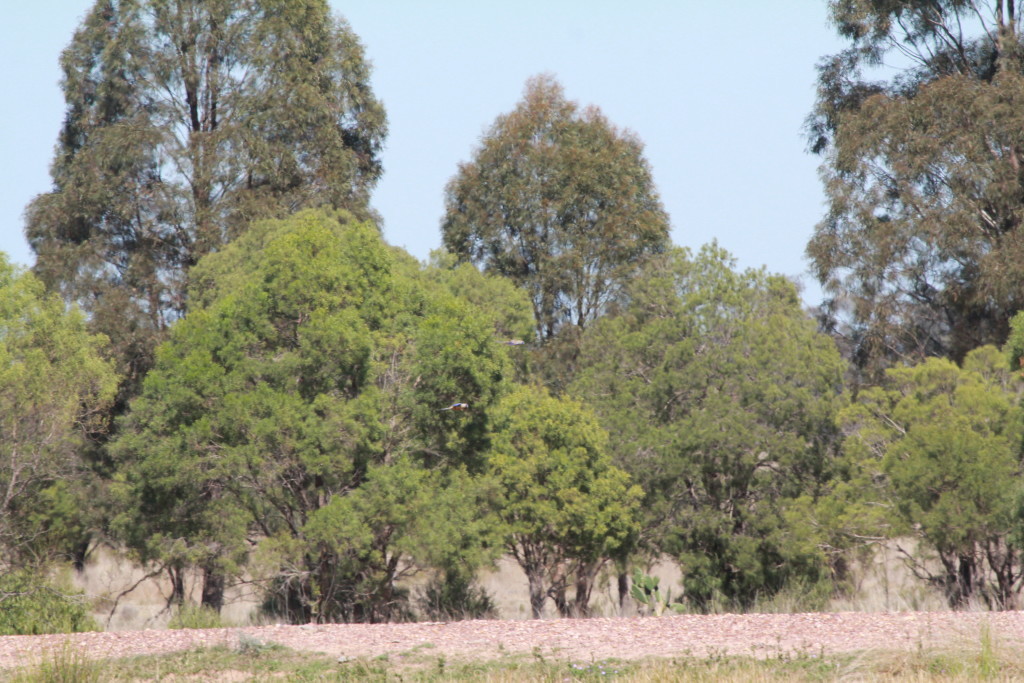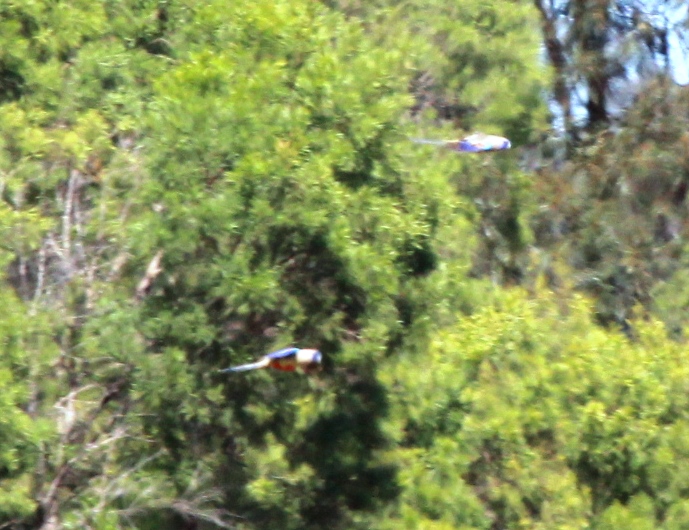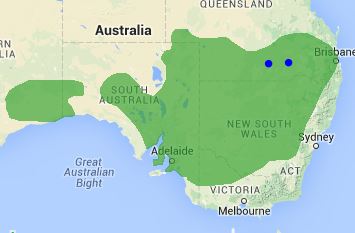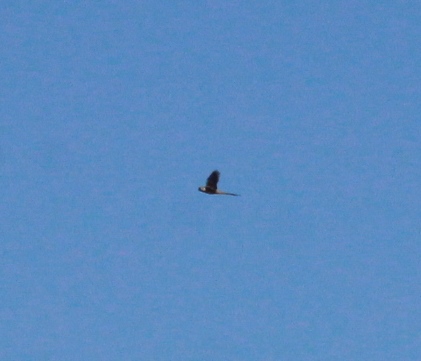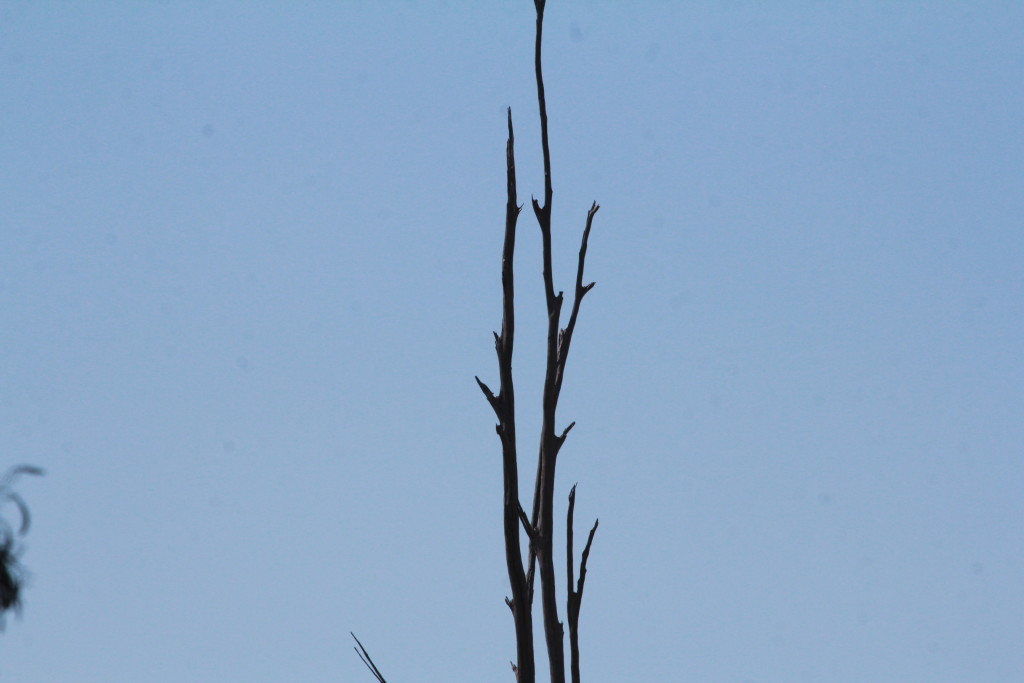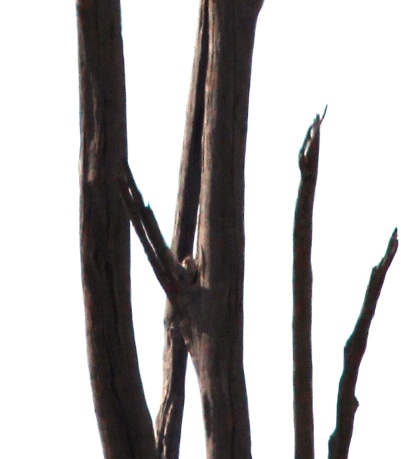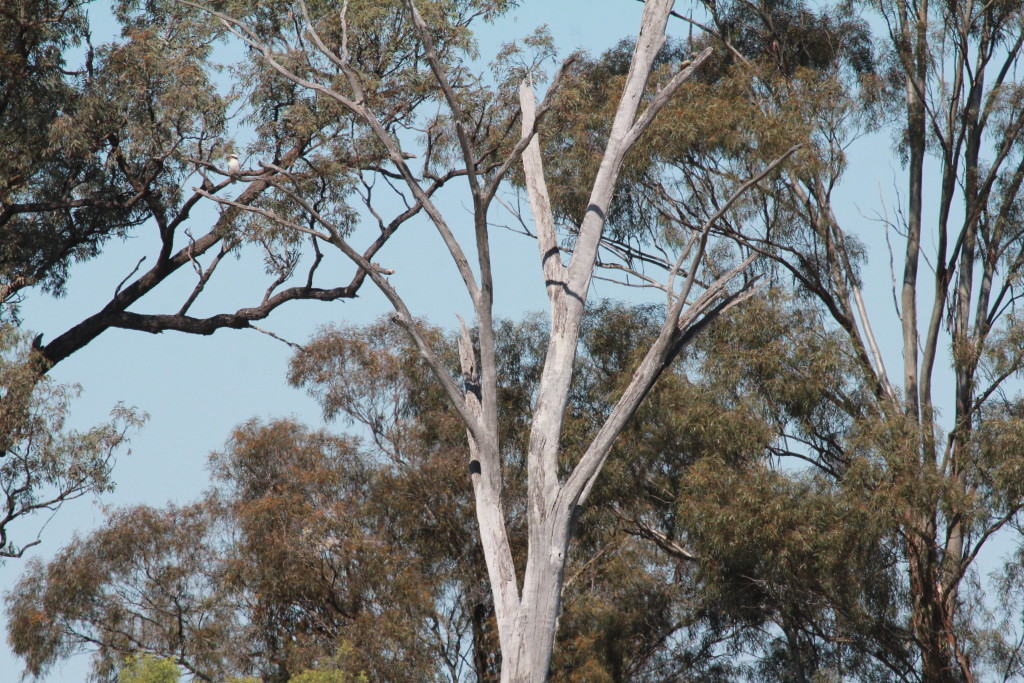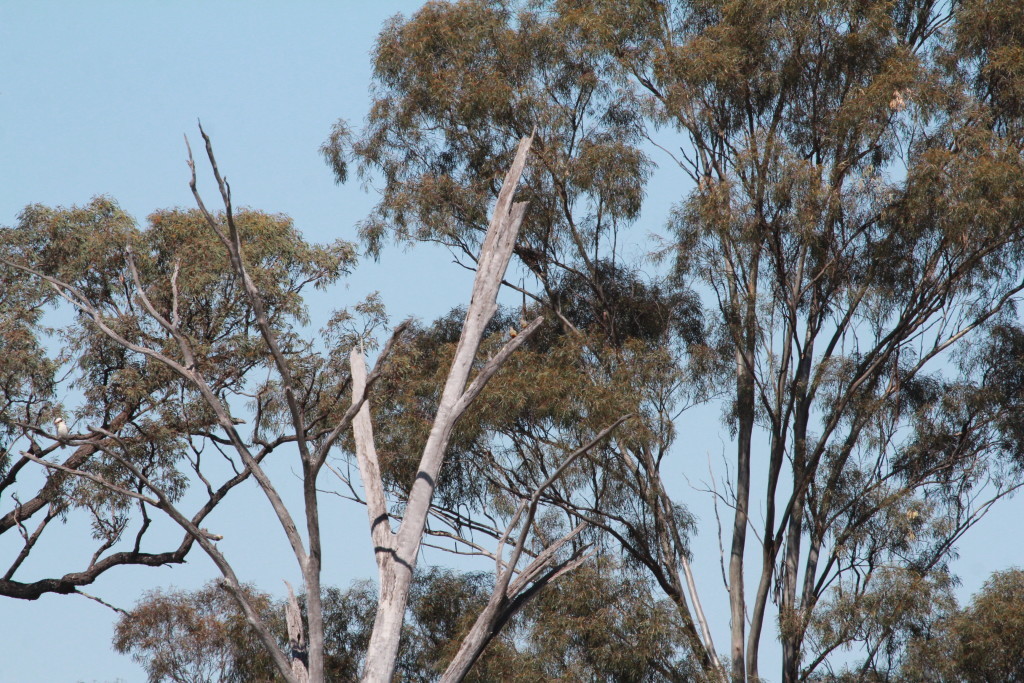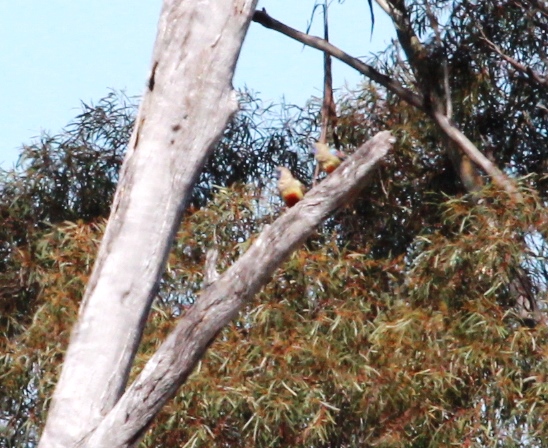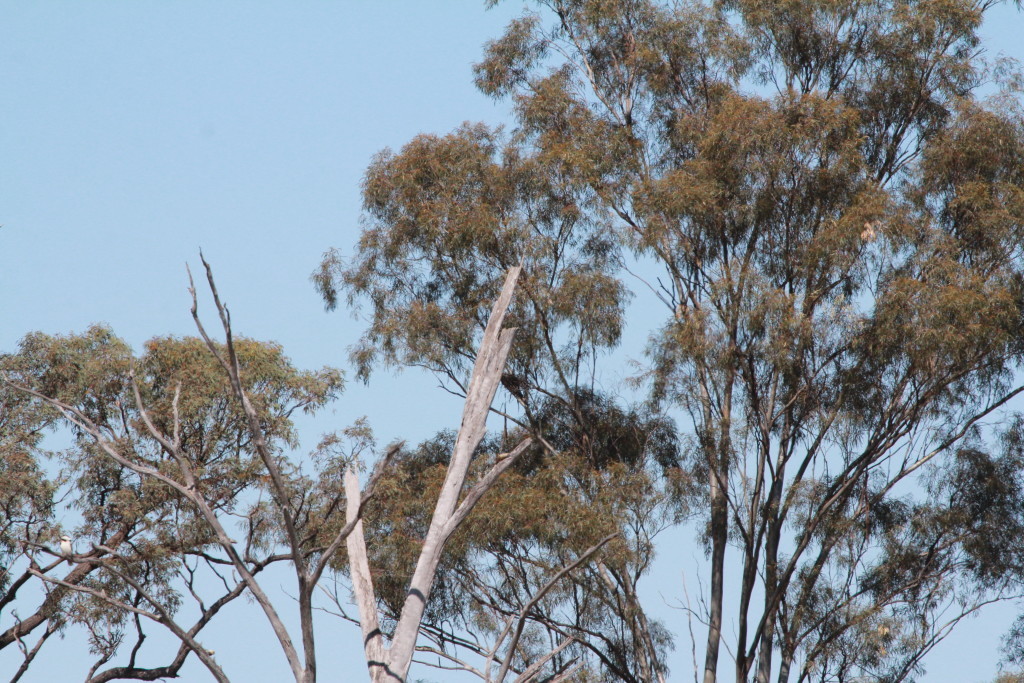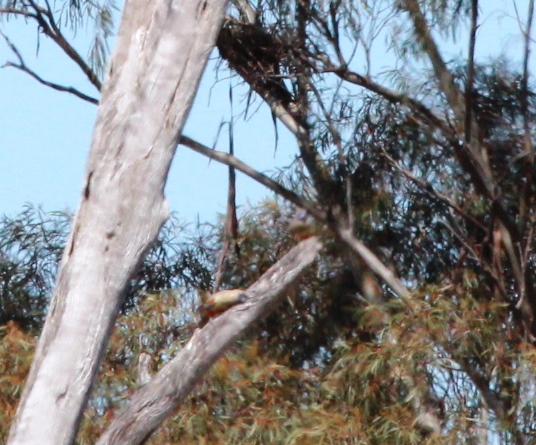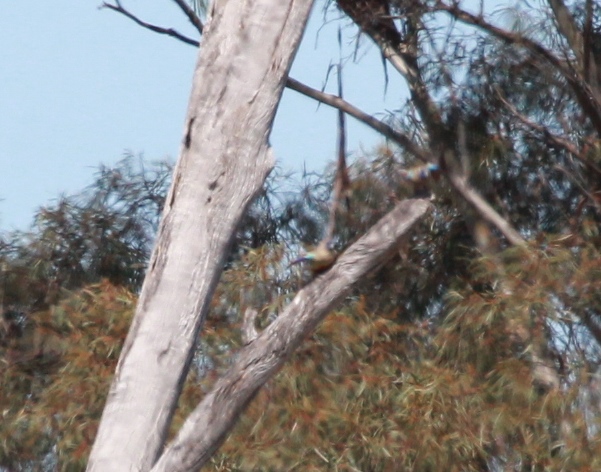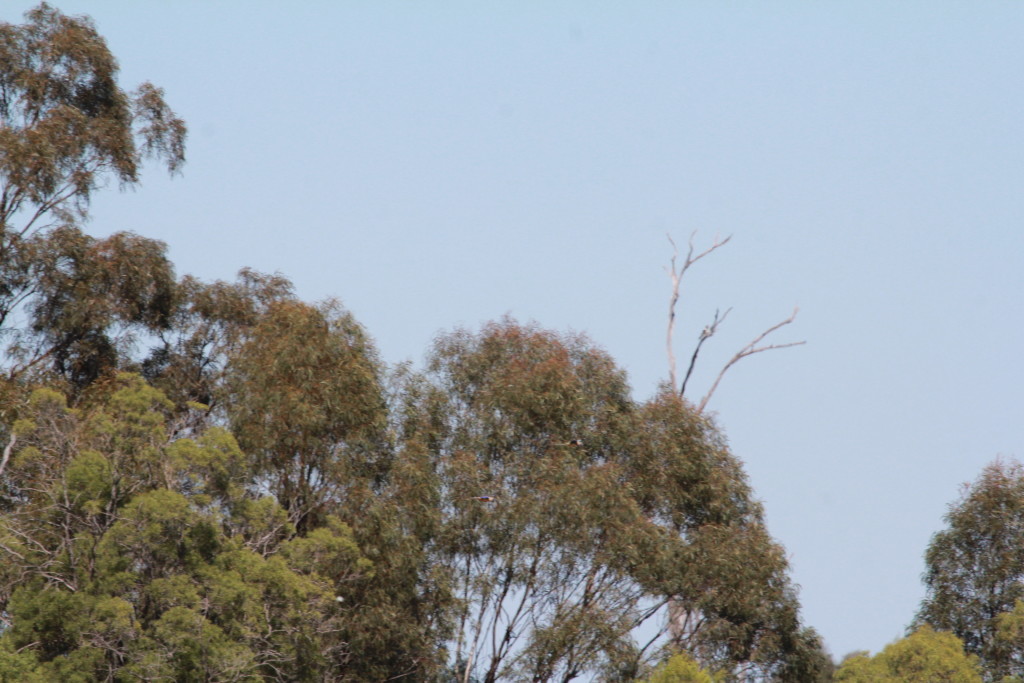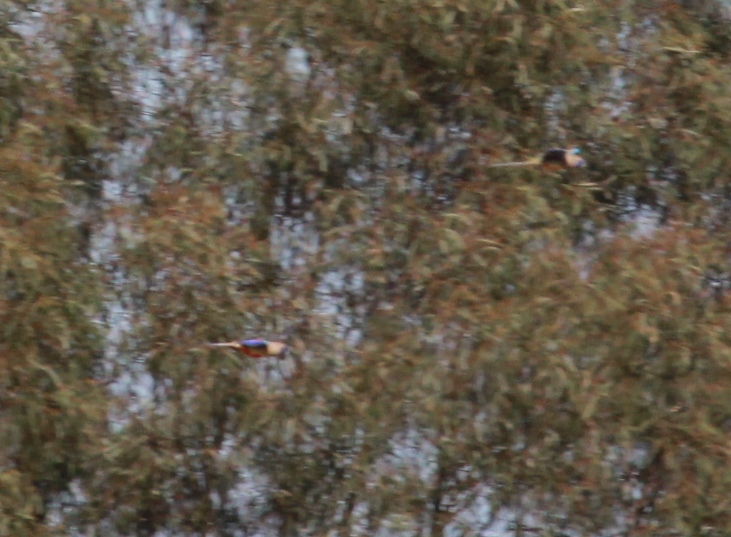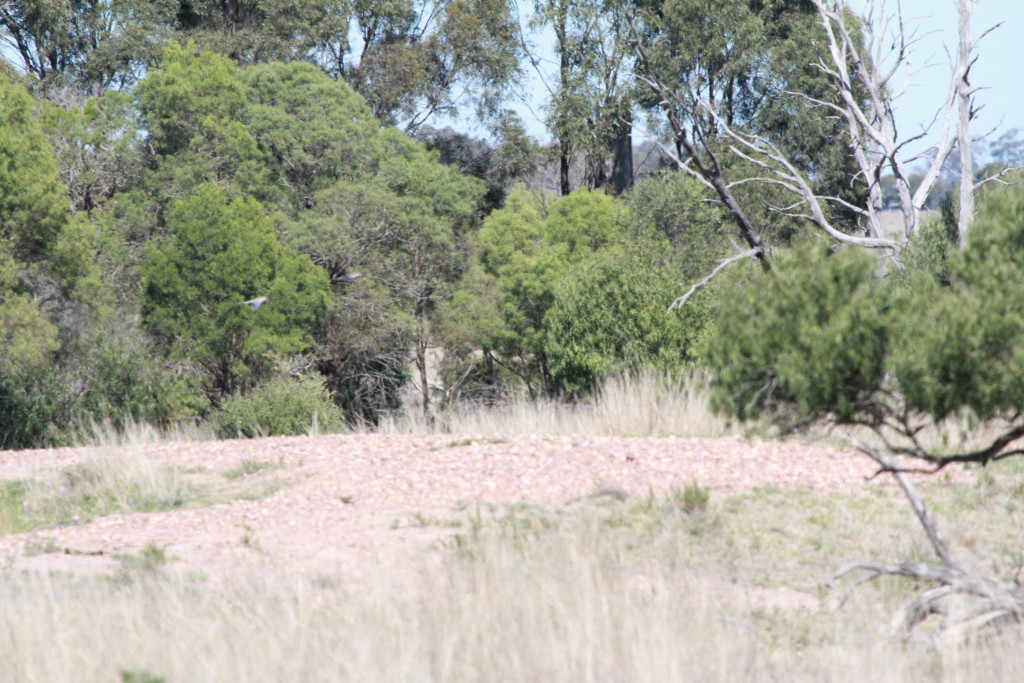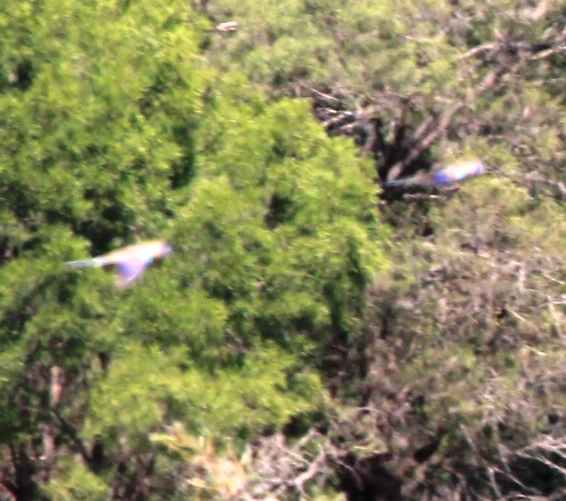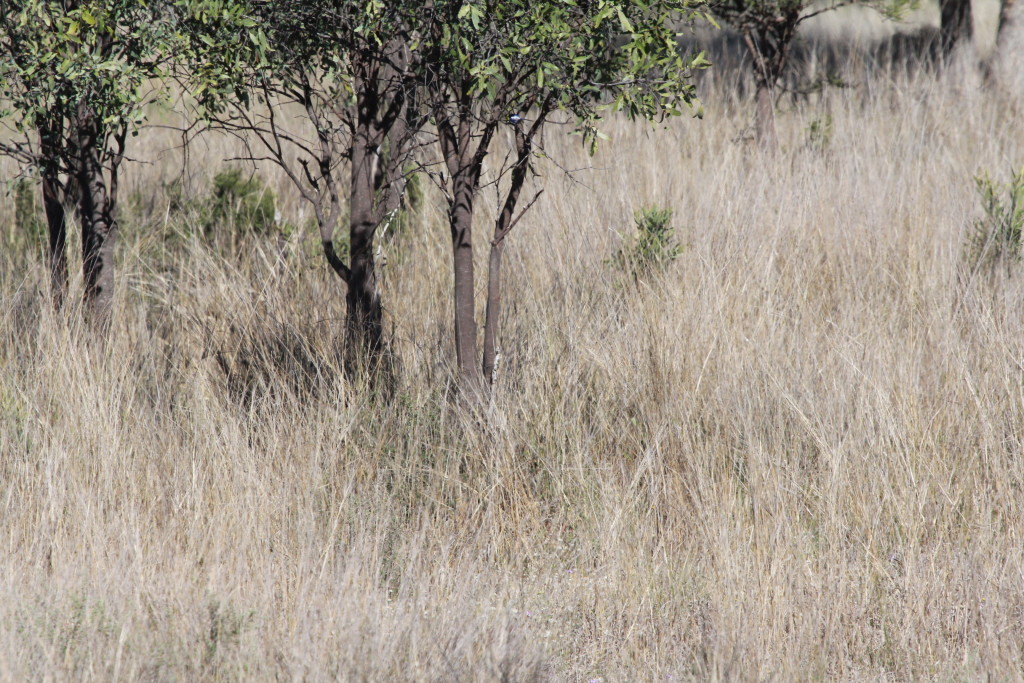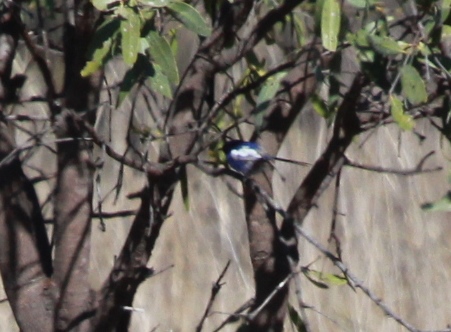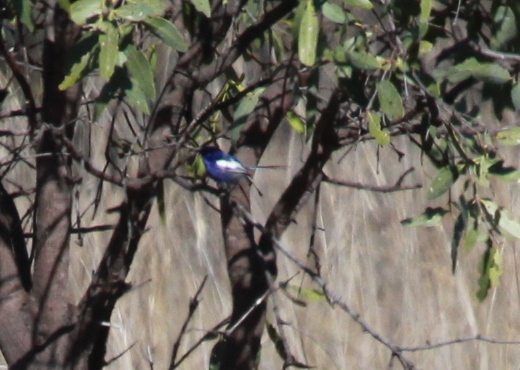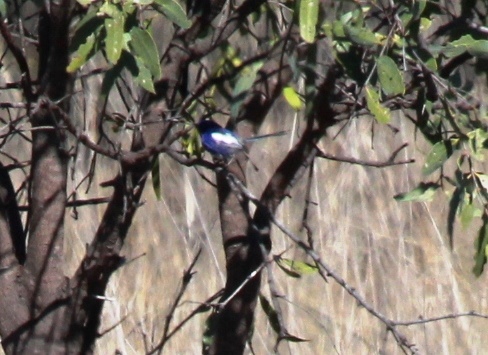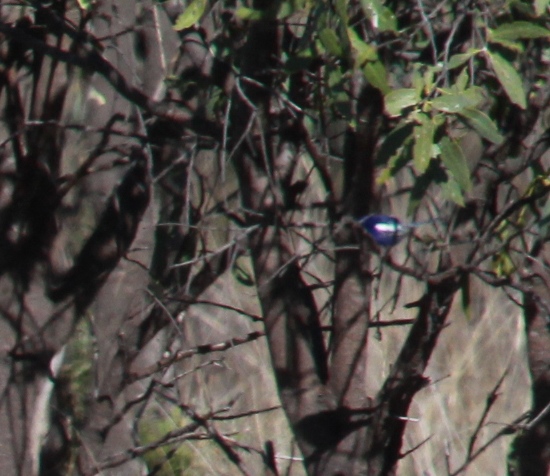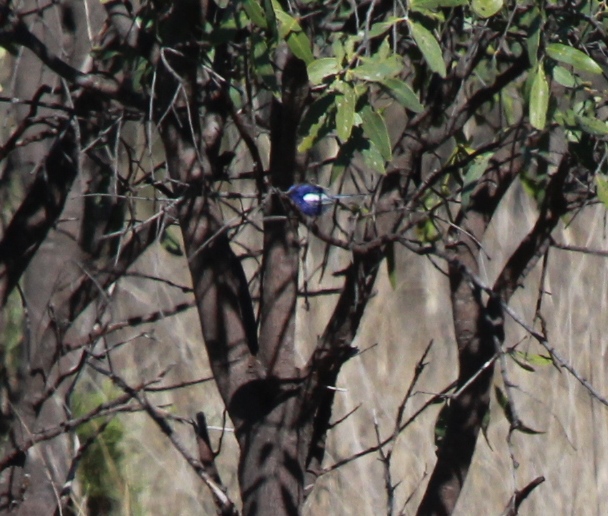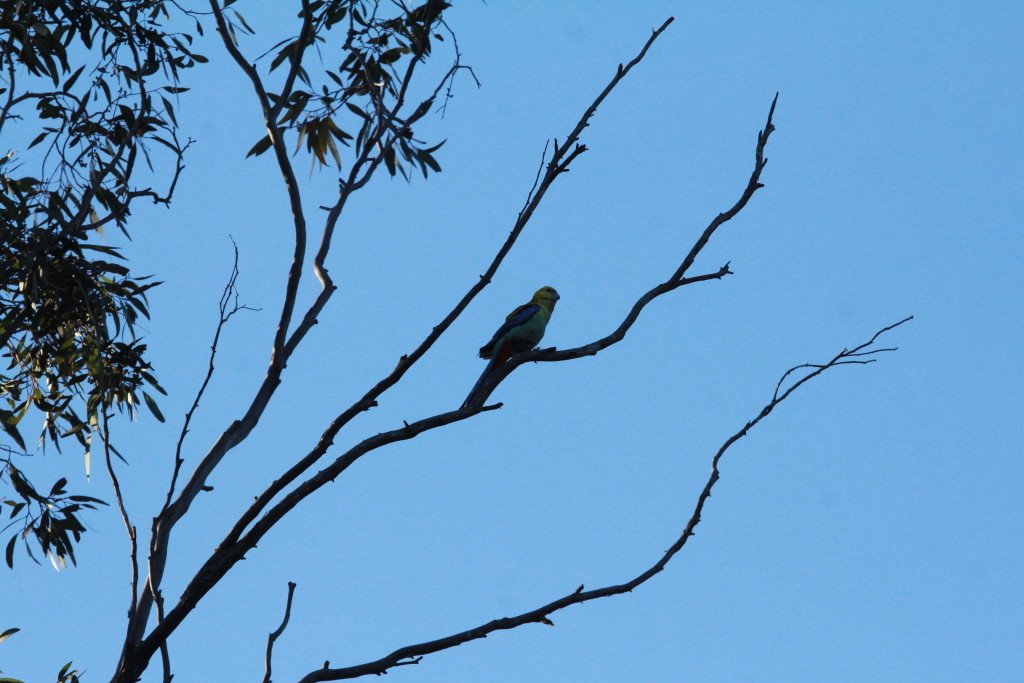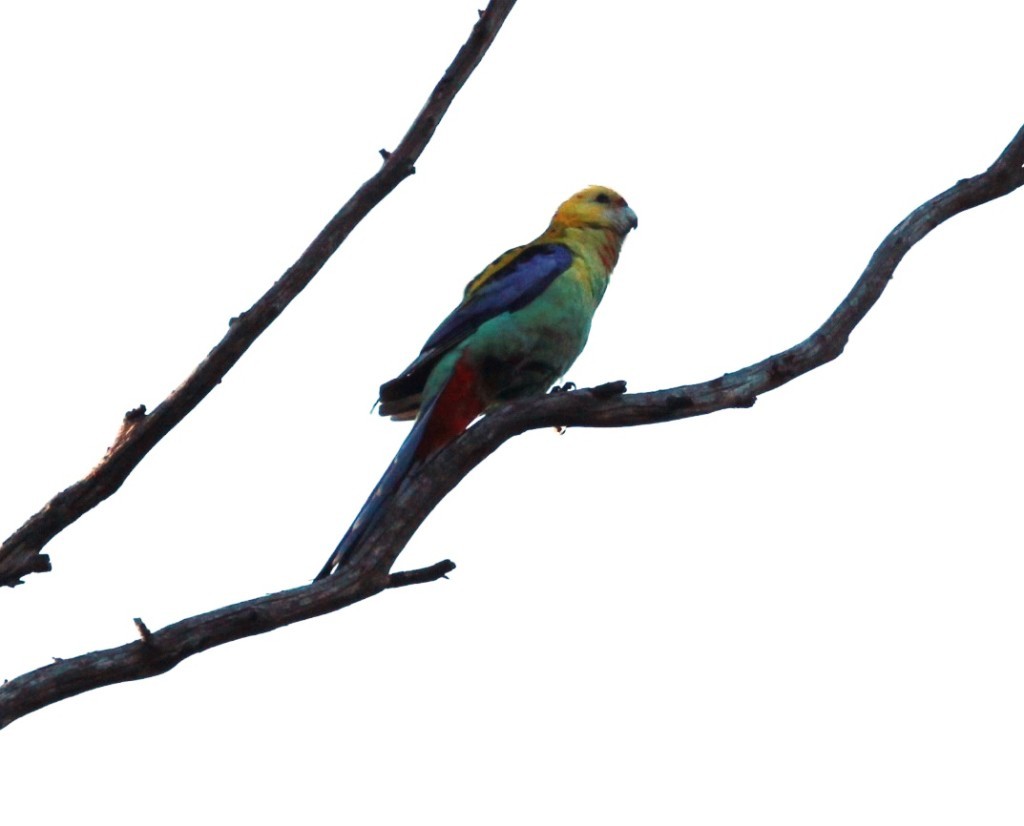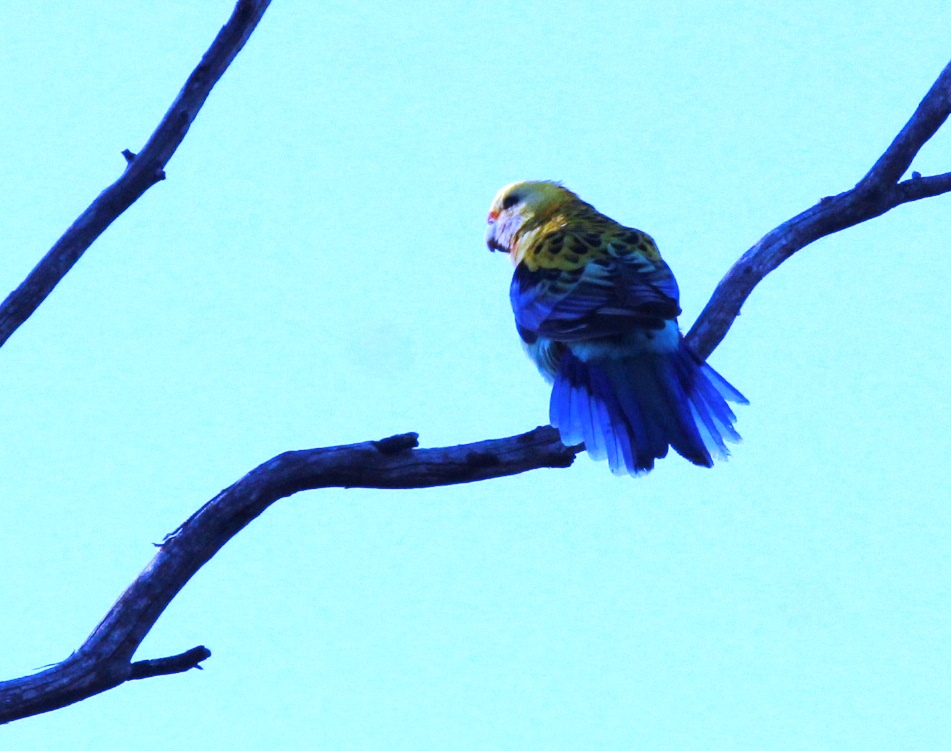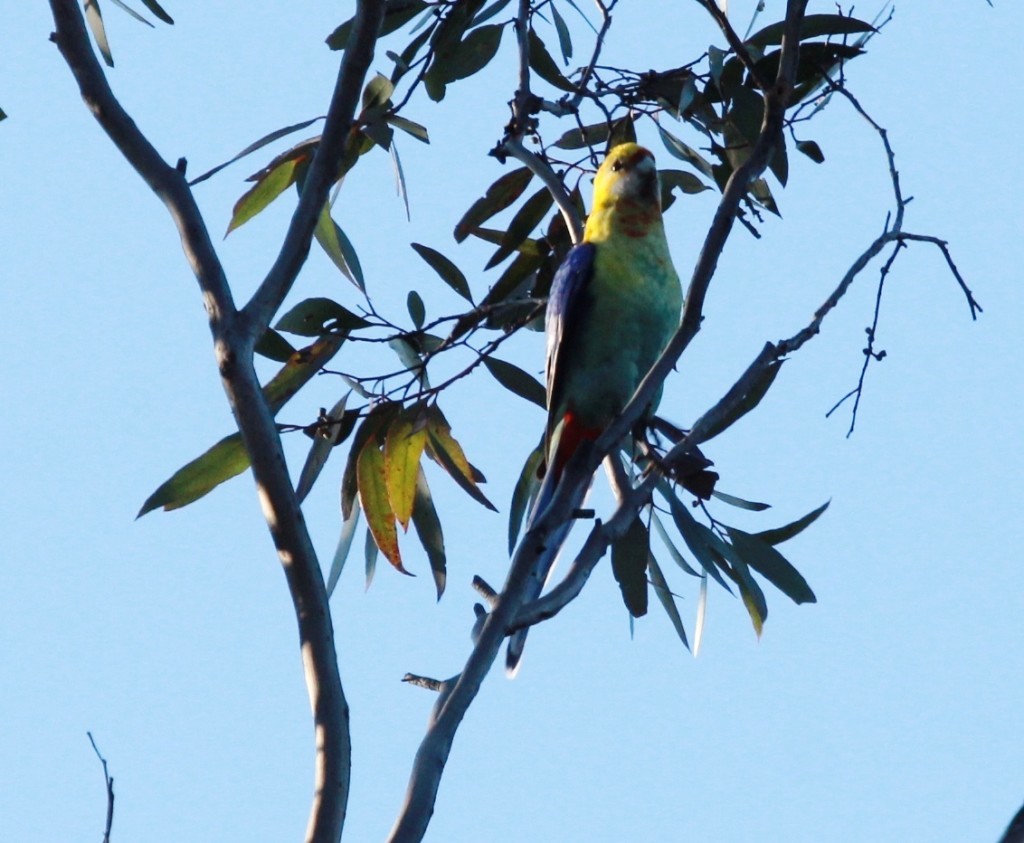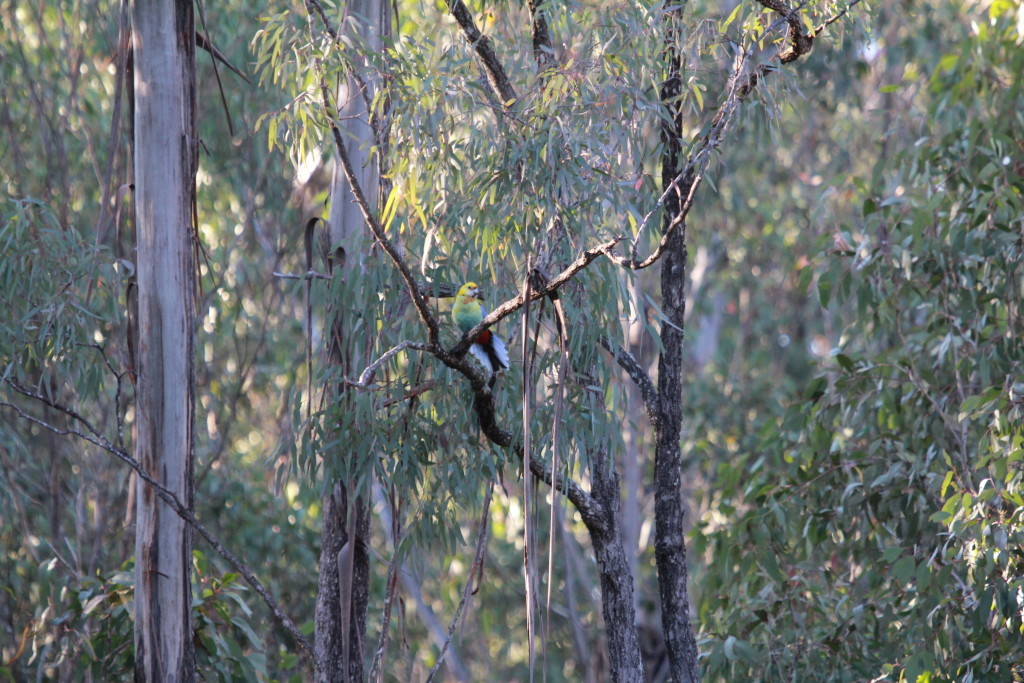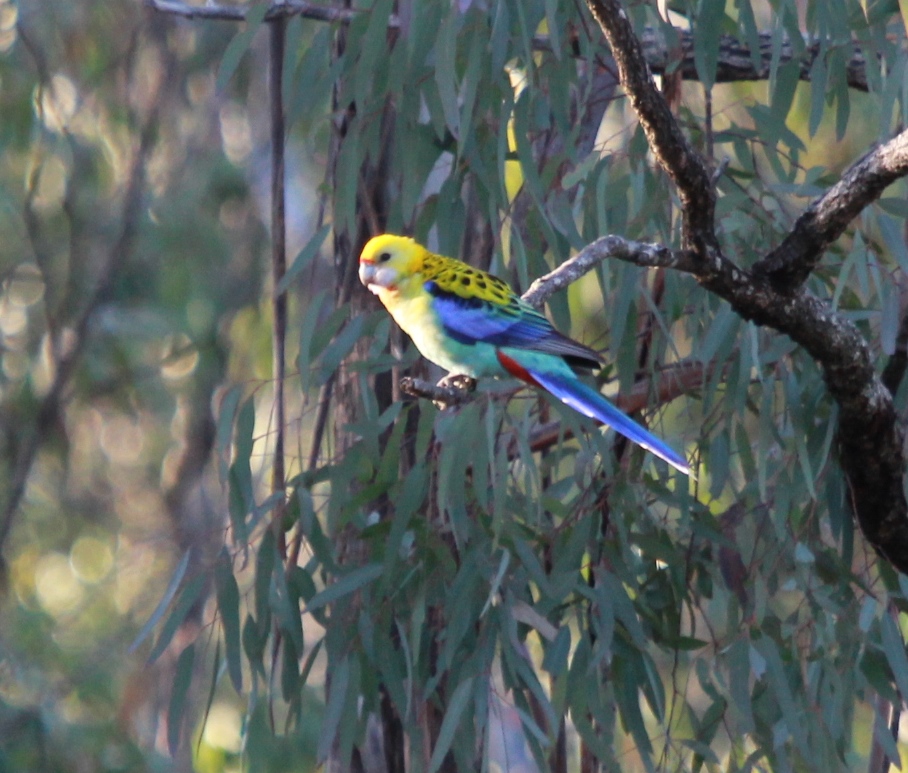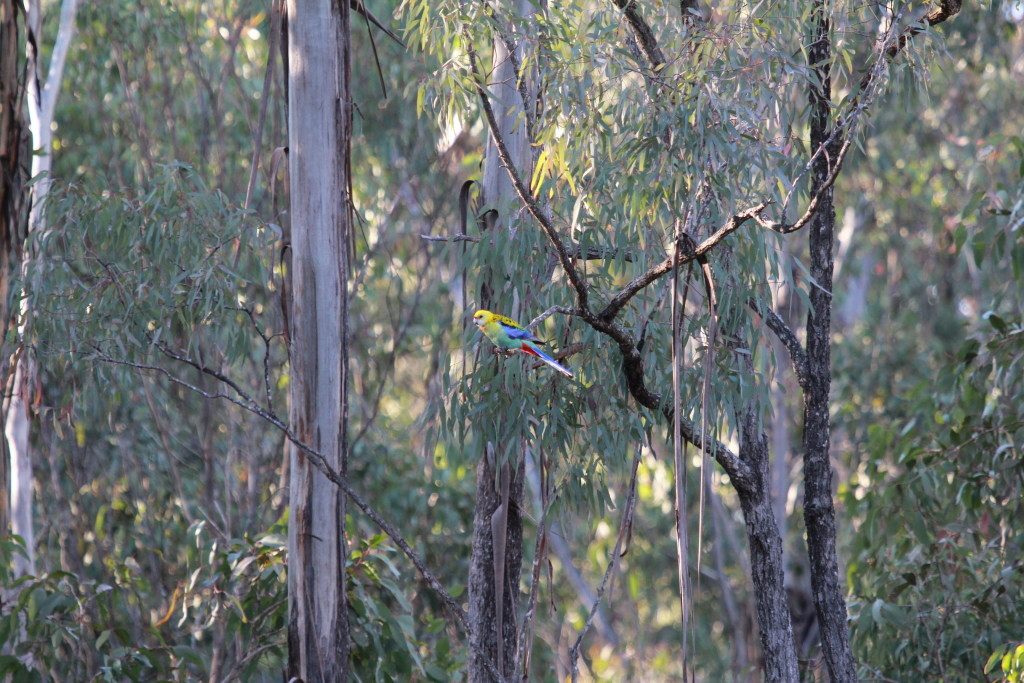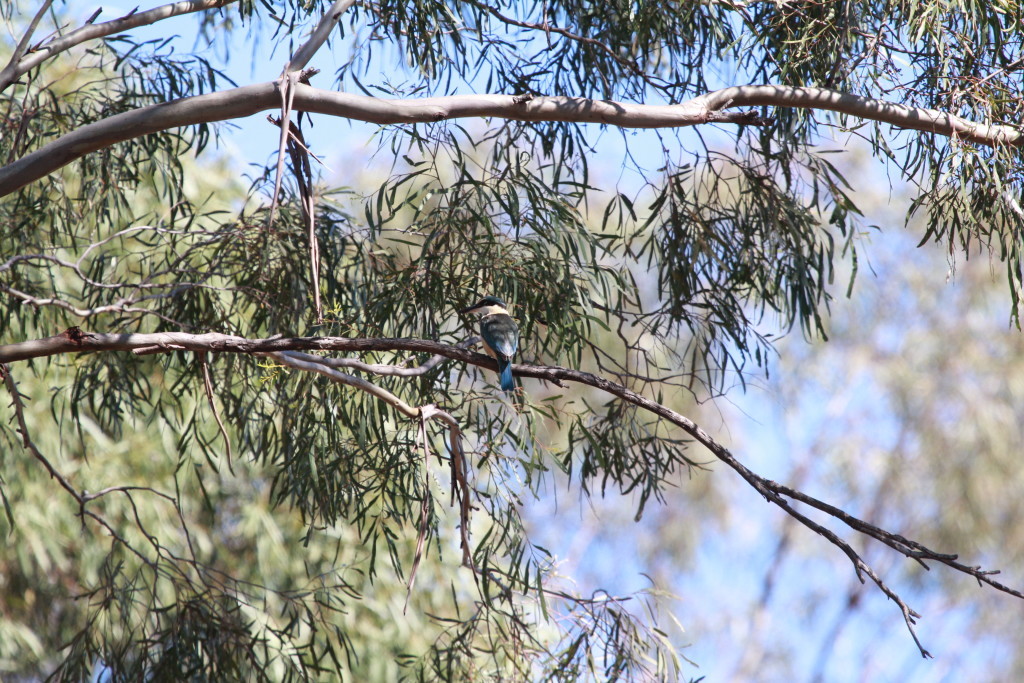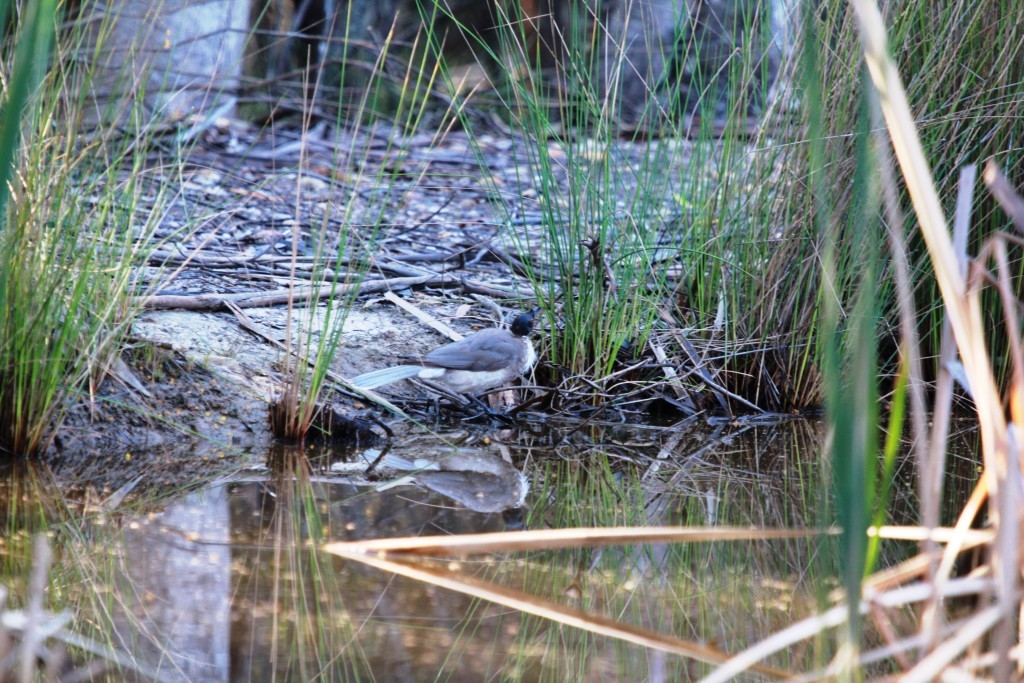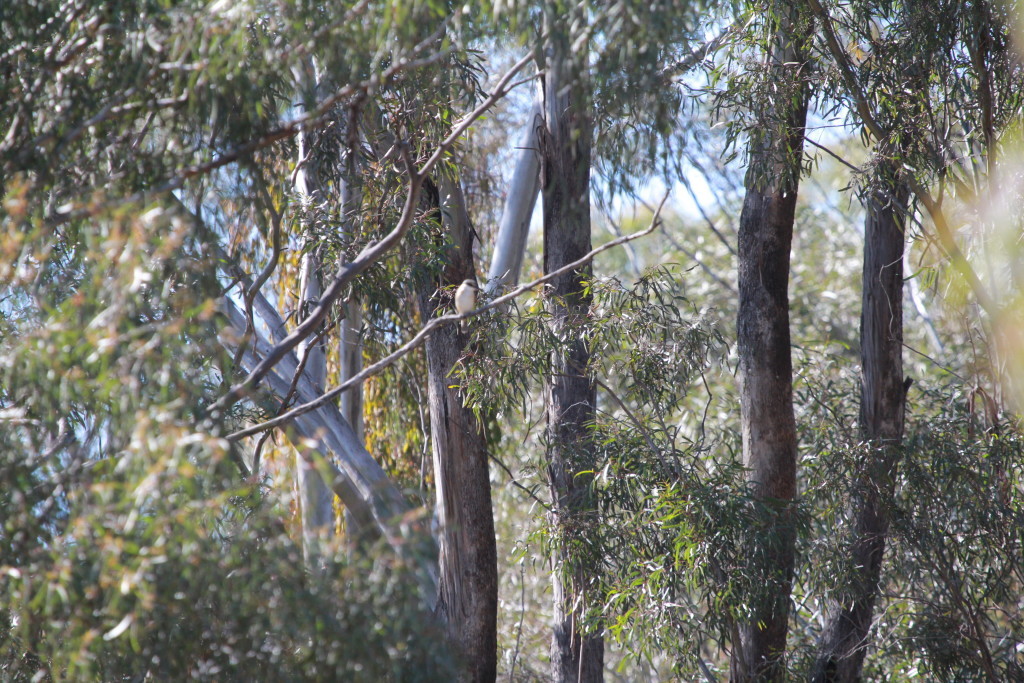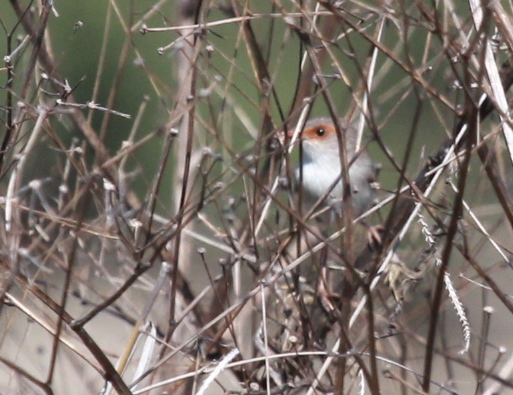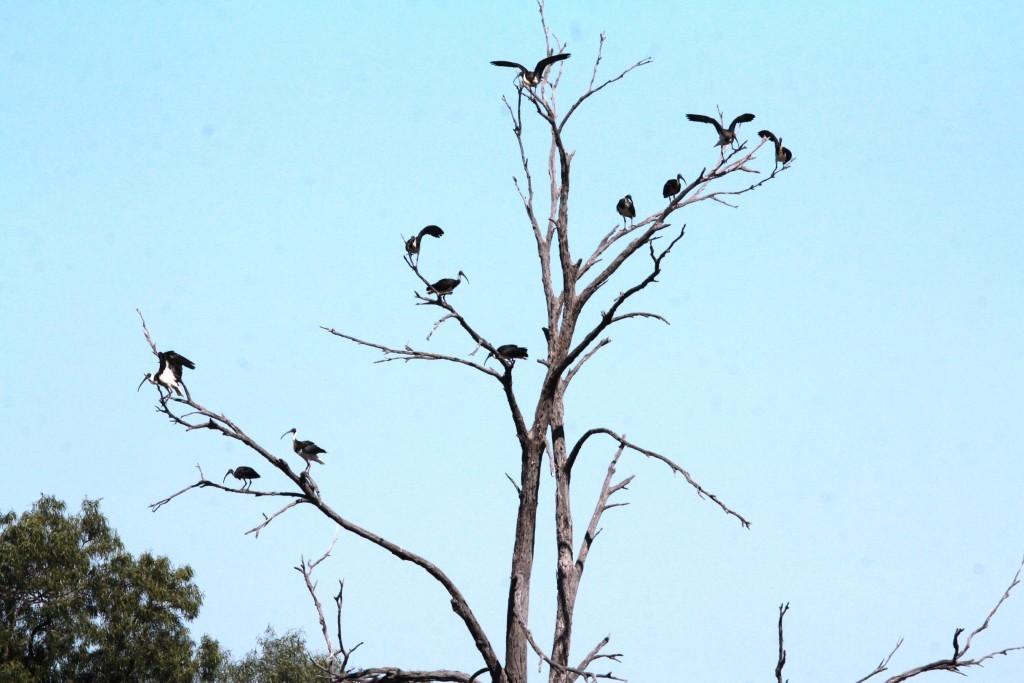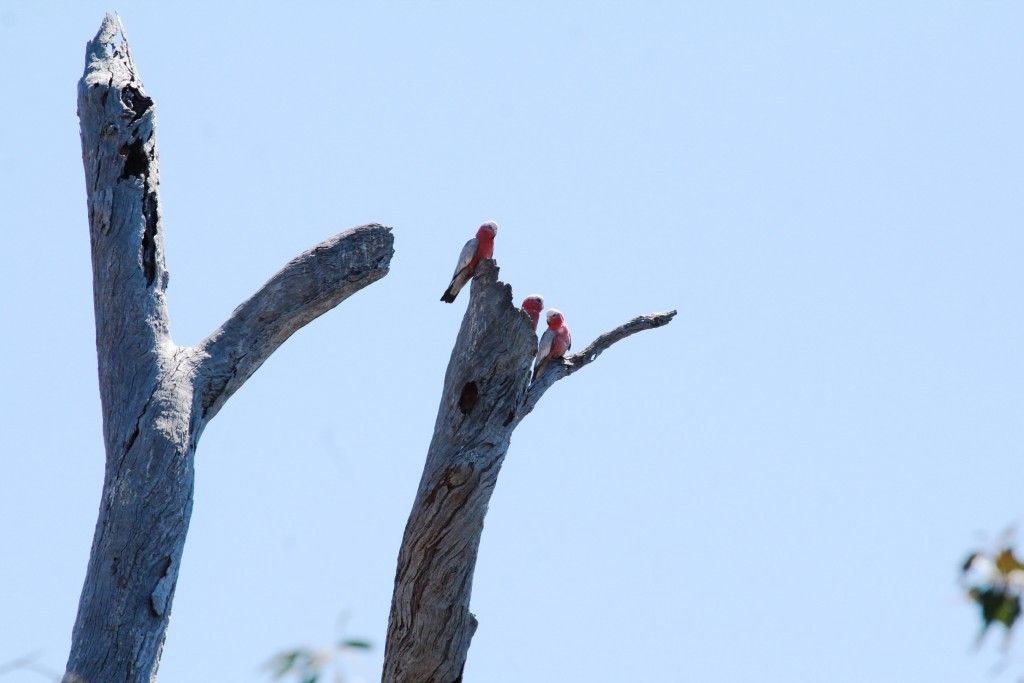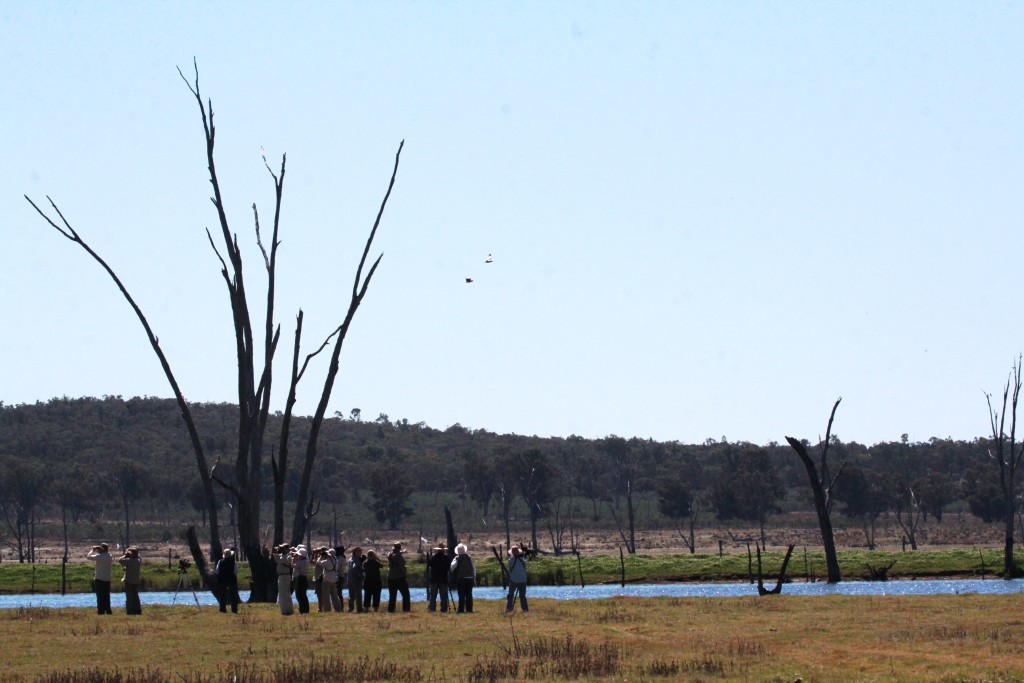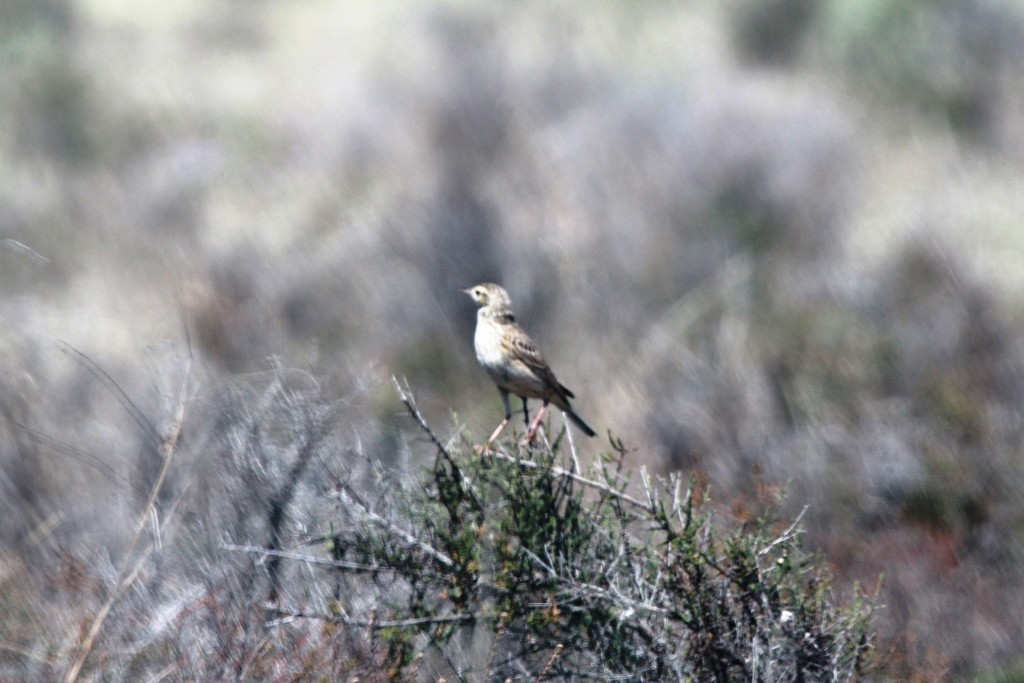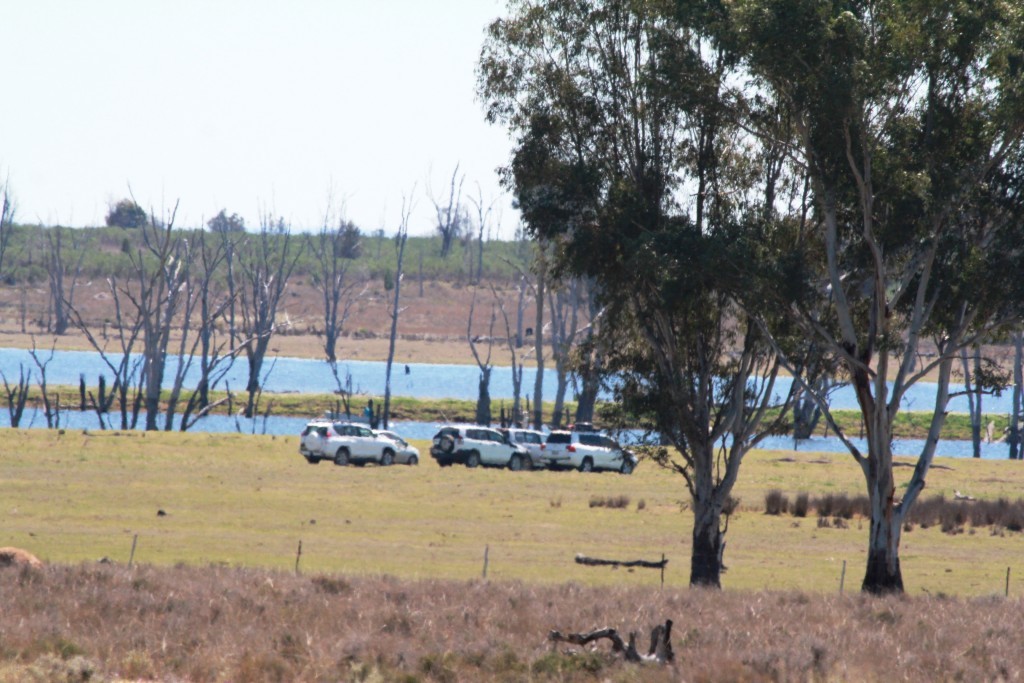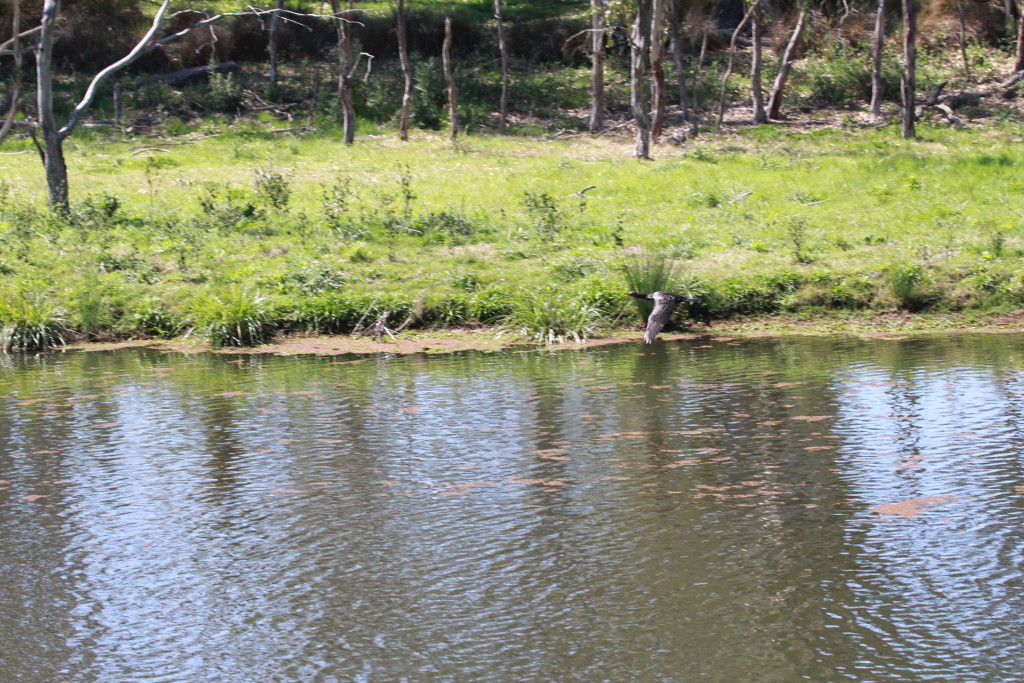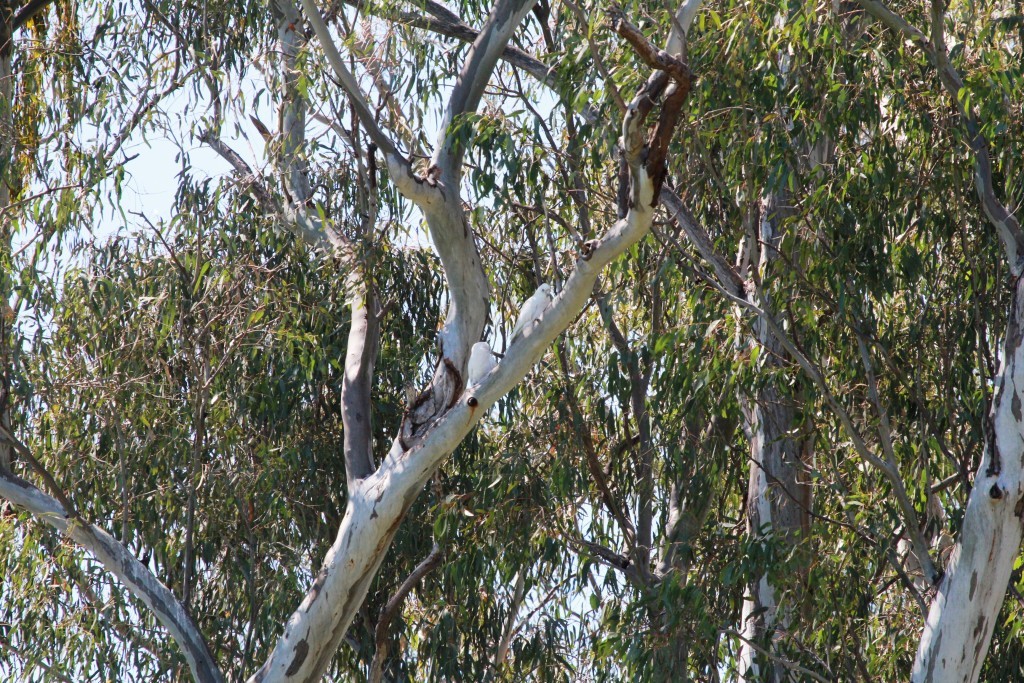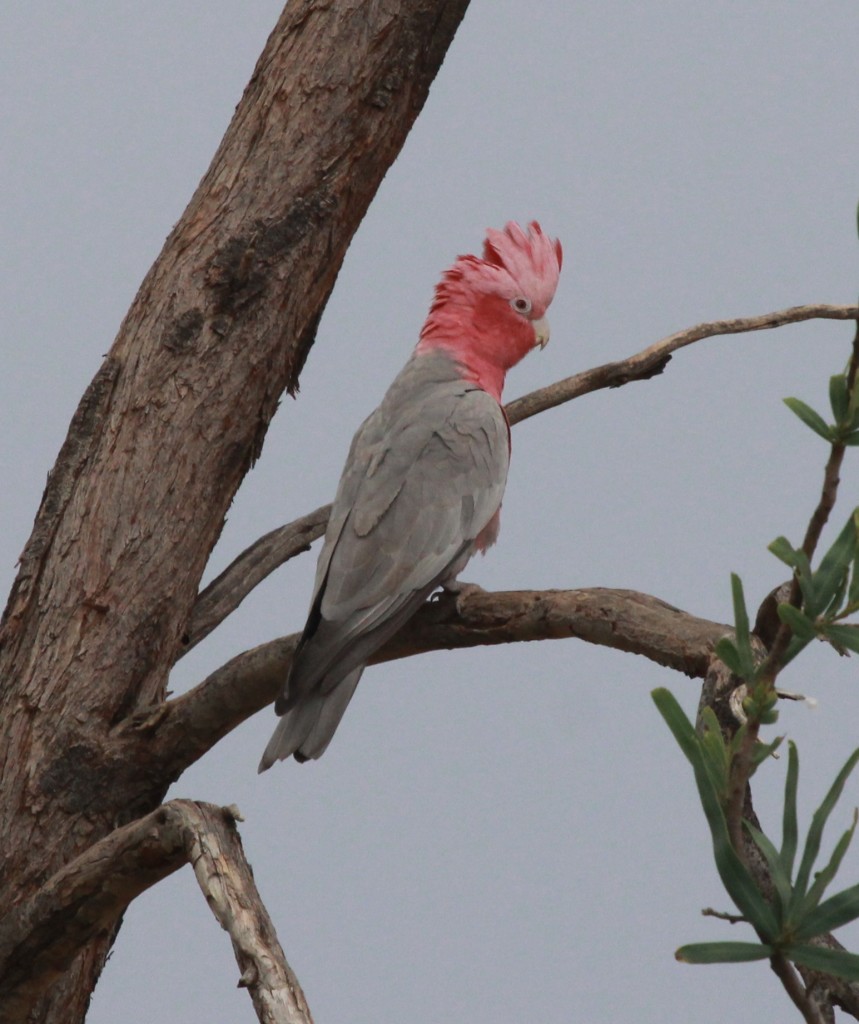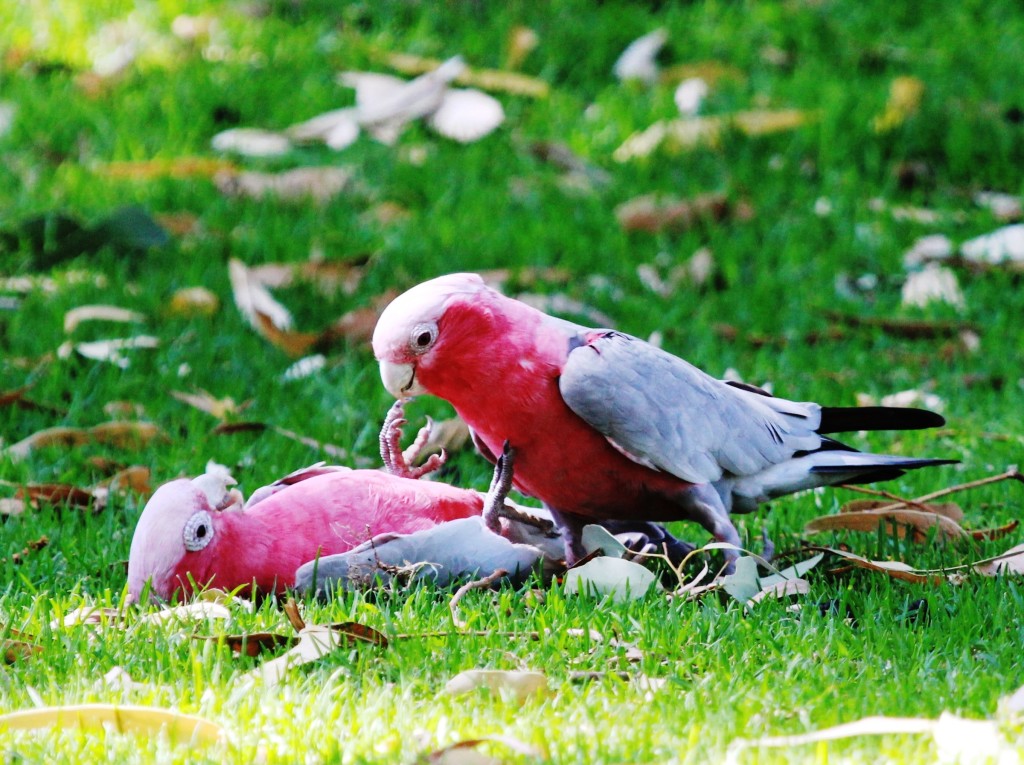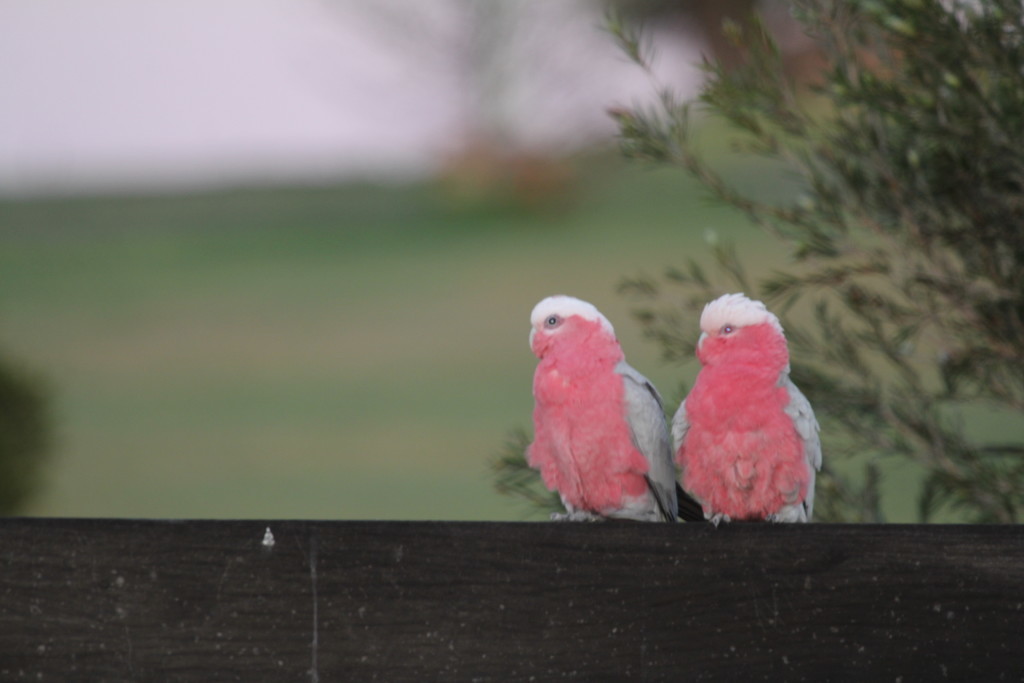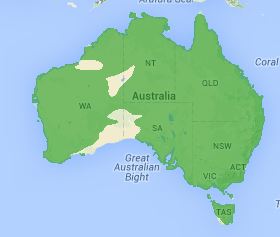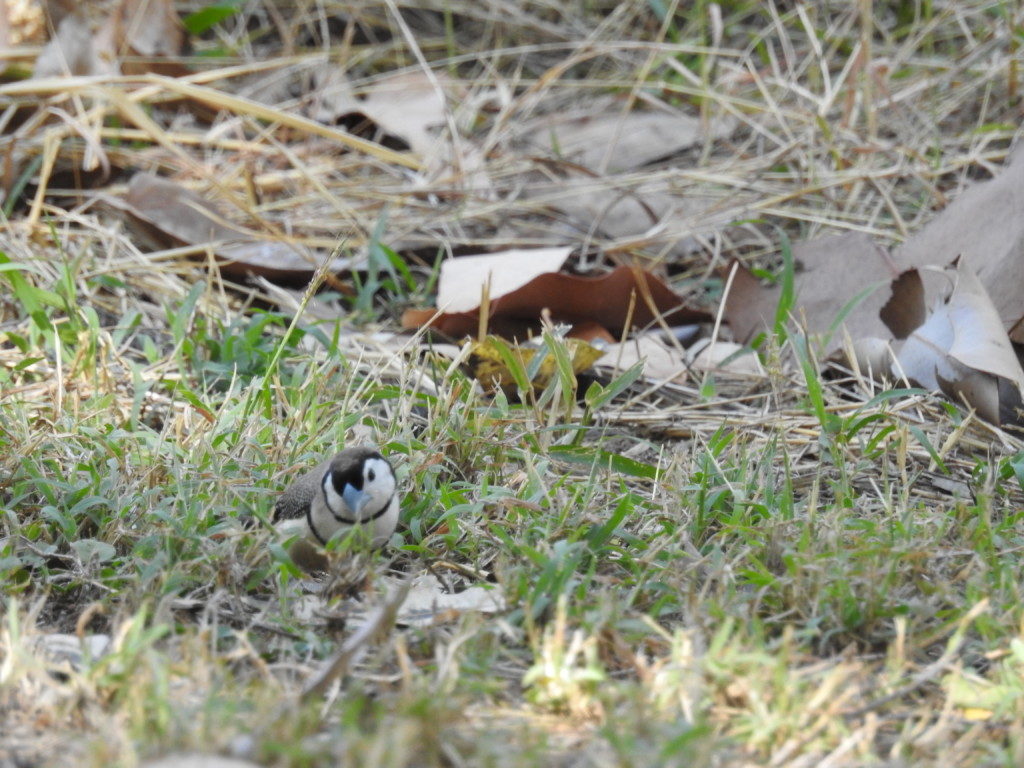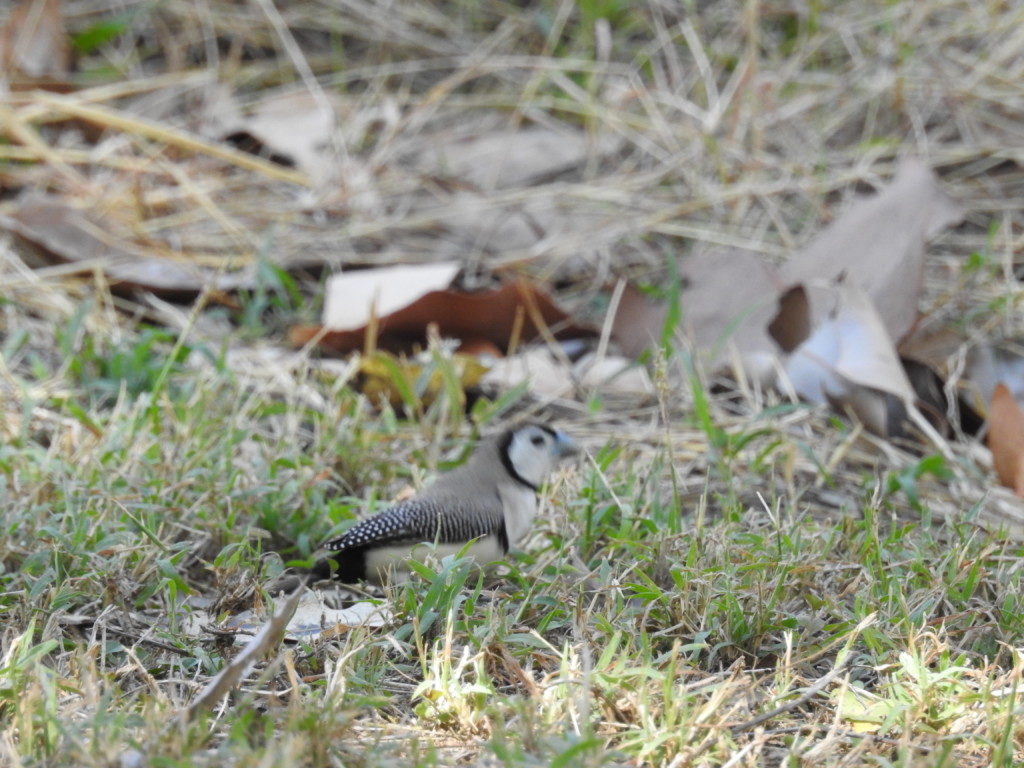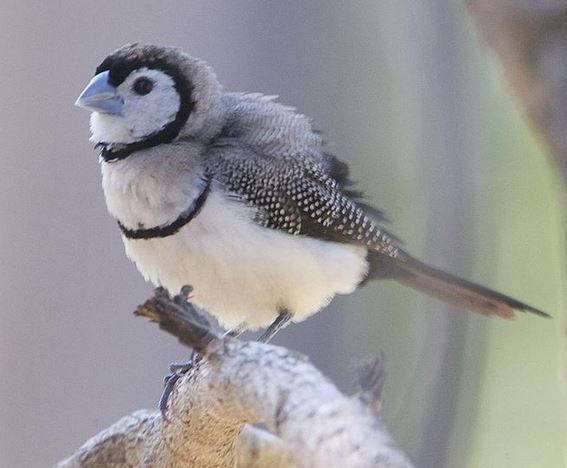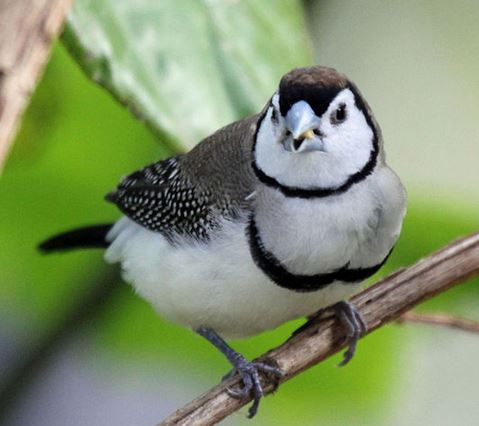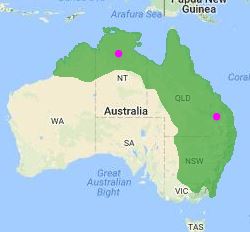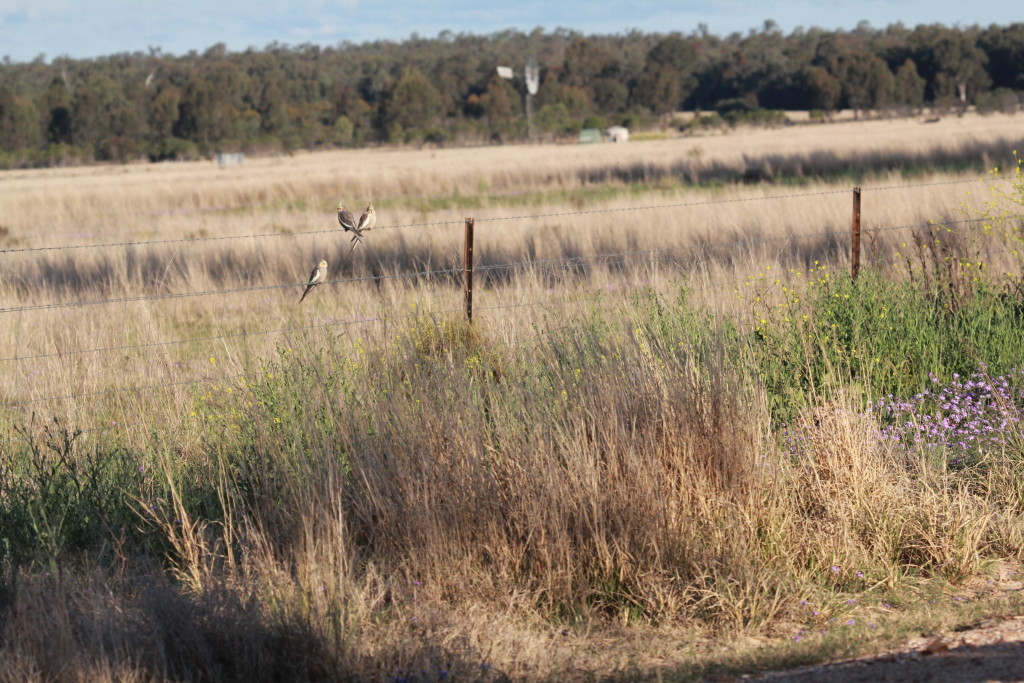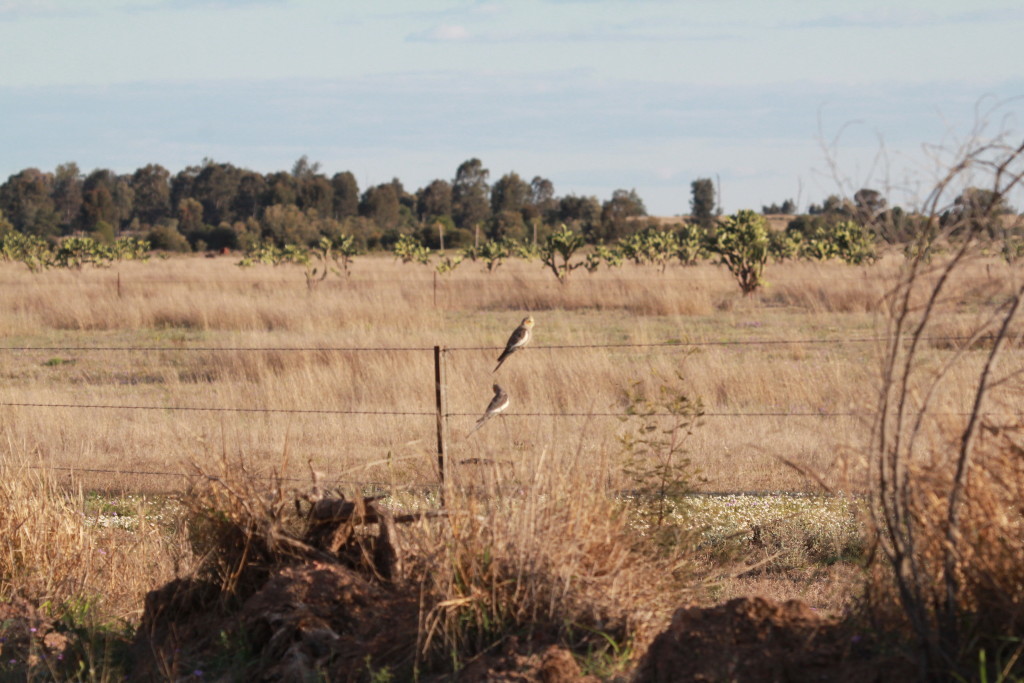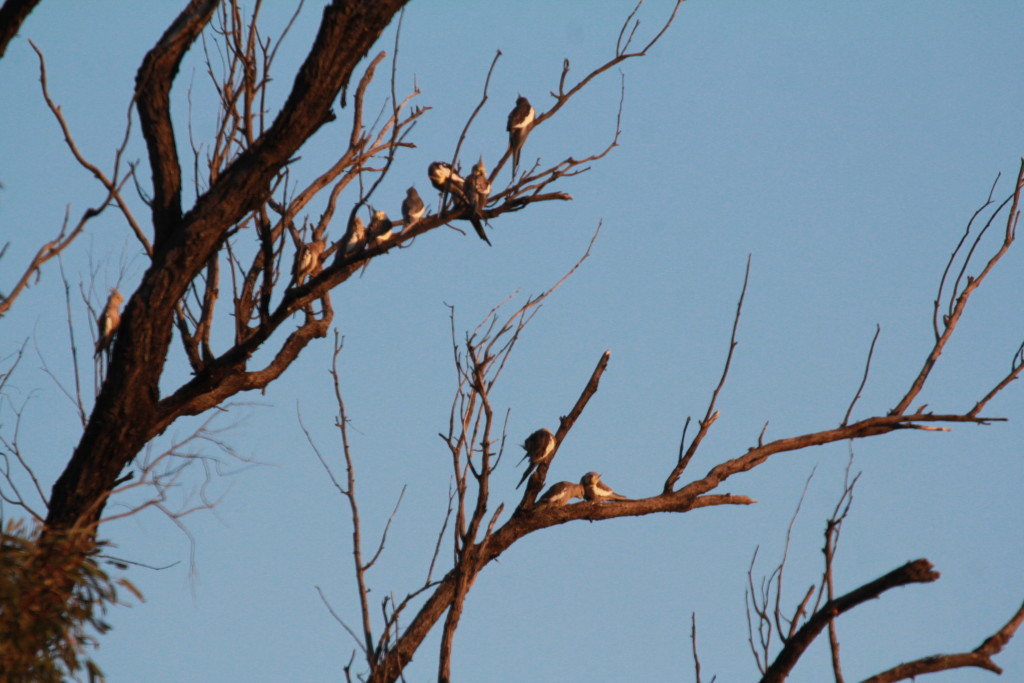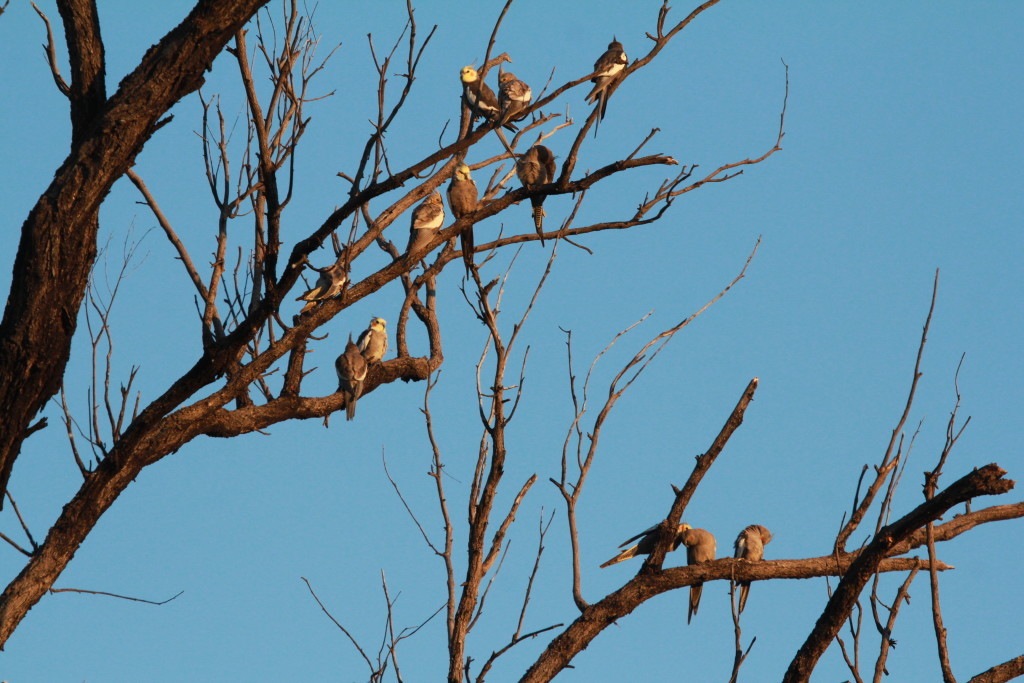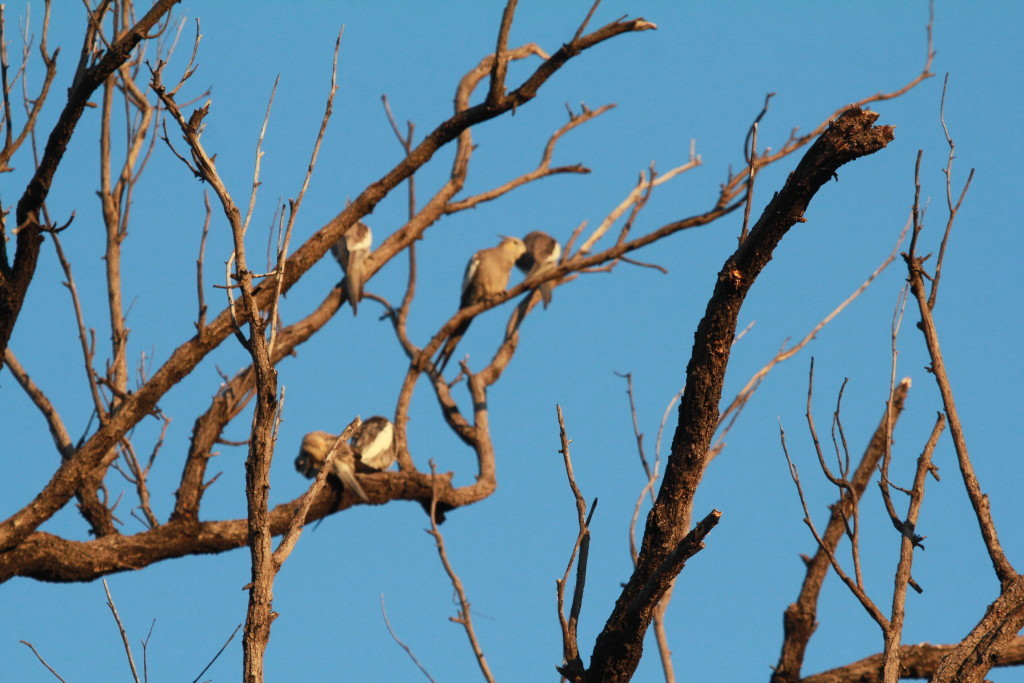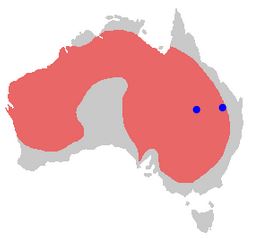If you have been following this blog for the last couple months you’ve seen how I saw all kinds of parrot species in South-East Queensland. So now let’s string it together and tally up the possible parrots. Remember, this itinerary only gets you into the habitat where the birds are commonly seen. There is never a guarantee with wild birds but if you plan well and do your homework on eBird’s Species Maps, you have a very good chance to get them all!
This is sort of the Amazing Race of Birding and designed for people with limited time. If you can, add one day to each location and a final day in Brisbane before your flight out. It’s easy to get to Australia with airline miles, then just rent a car and take off! This trip must be done while Bowra Station is open between the months of March to September.
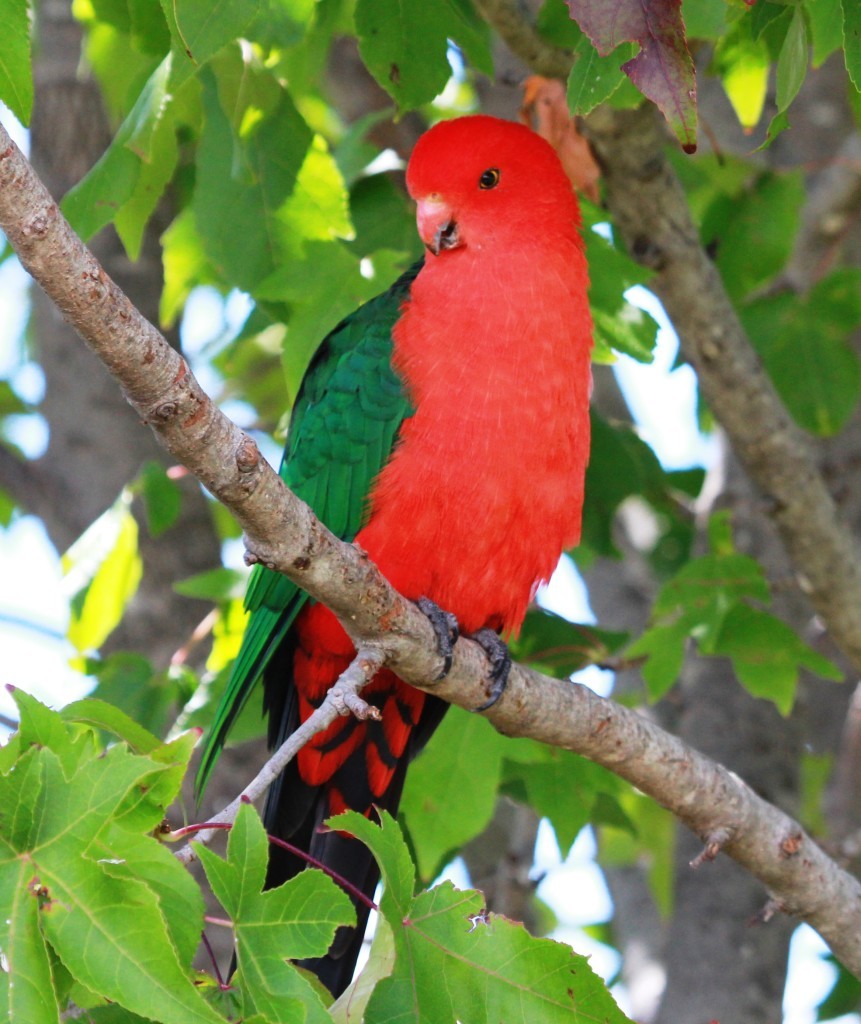
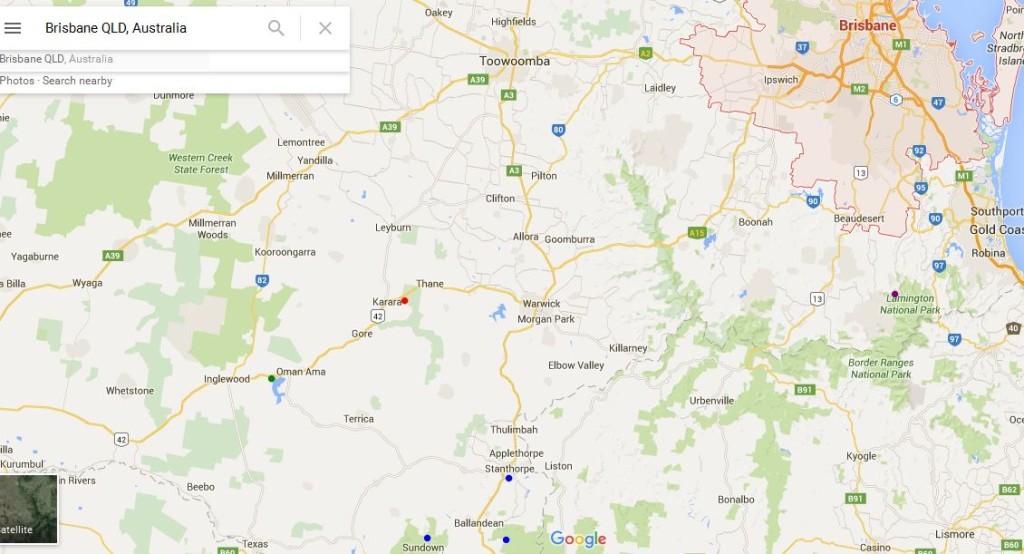
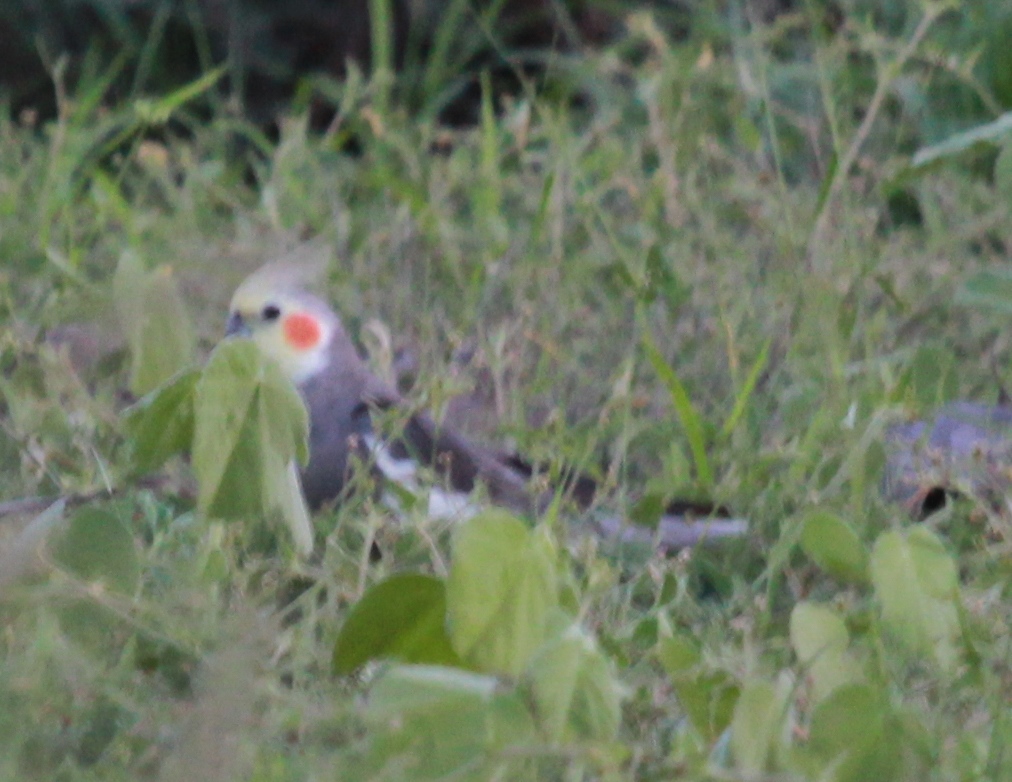
LAKE COOLMUNDA/DURIKAI – 2 DAYS
Start in Brisbane. Pick up your rental car at the airport and drive to Lake Coolmunda. Stop at the Durikai Watering Hole on the way. Possible Parrots:
- Turquoise Parrots
- Little Lorikeets
- Sulphur Crested Cockatoos
- Little Corellas
- Rainbow Lorikeets
- Scaly-breasted Lorikeets
- Red-winged Parrots
- Blue Bonnet Parrots
- Pale-headed Rosellas
- Eastern Rosellas
- Cockatiels
- Galahs
- Red-rumped Parrots
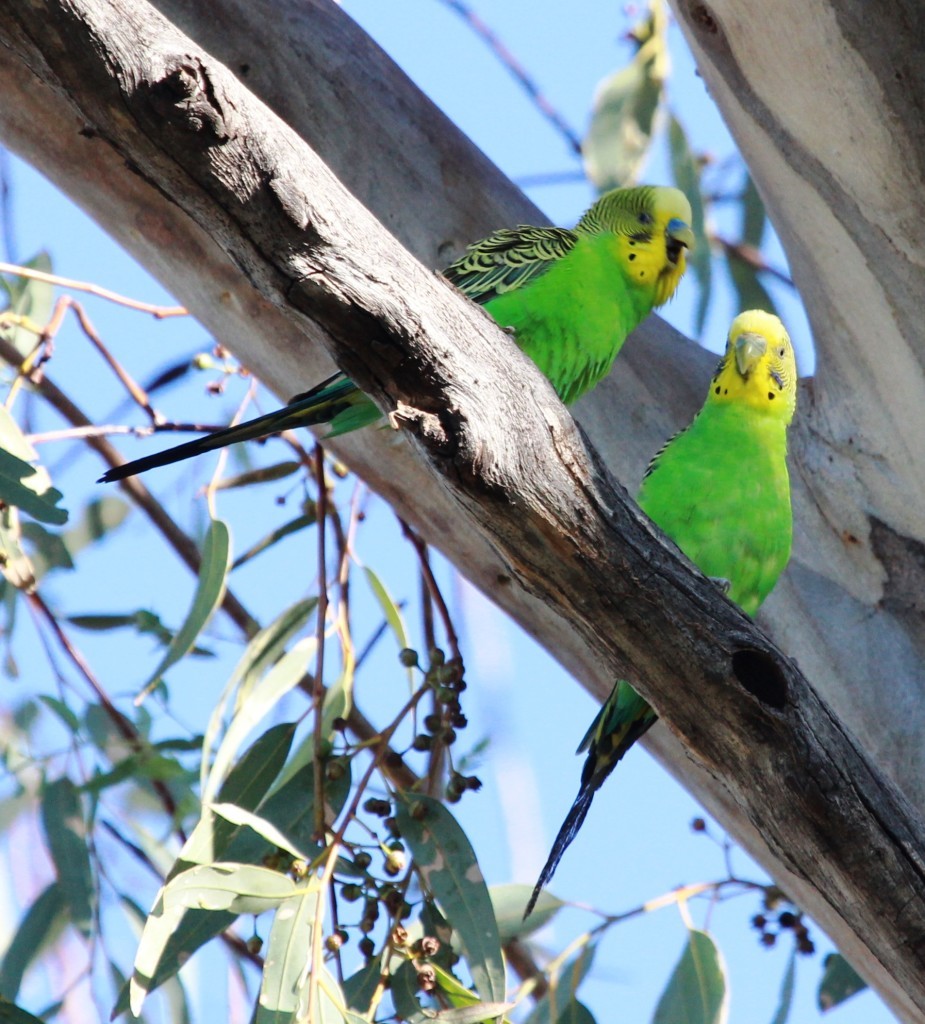
BOWRA STATION – 3 DAYS
This will be about 7 hours drive so start as early as possible. Here you can find Sulphur Crested Cockatoos, Red-winged Parrots, Blue Bonnet Parrots, Red-rumps, Cockatiels & Little Corellas (already mentioned). Then add new species:
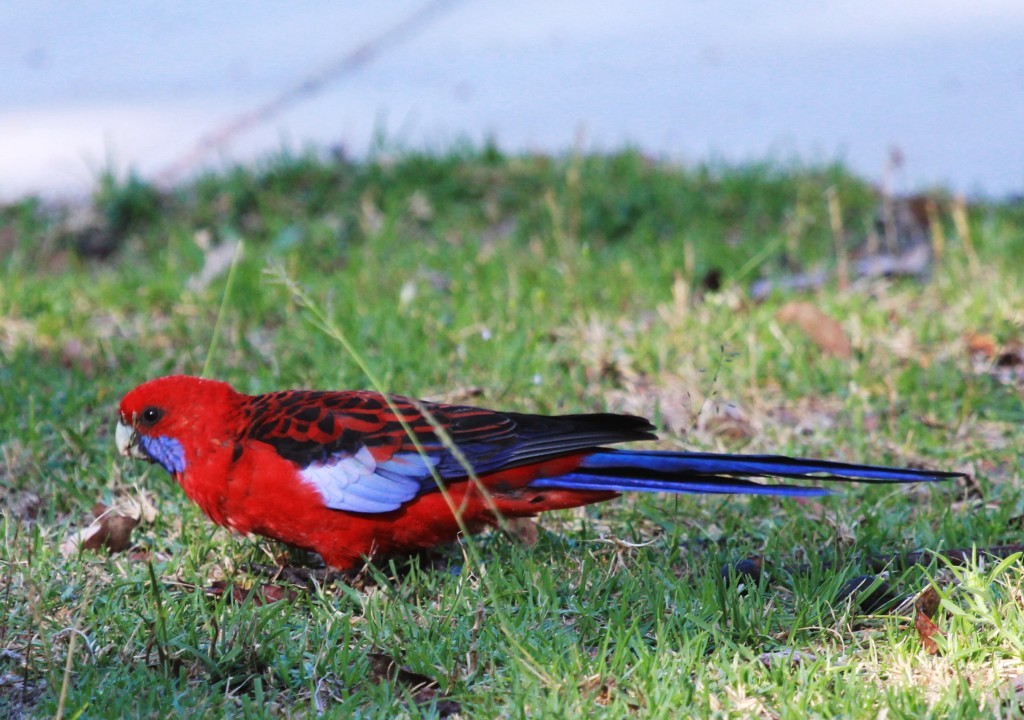
STANTHORPE/GIRRAWEEN – 2 DAYS
Make an early start for about 7 hours drive to Stanthorpe. Here you have a 2nd chance at Turquoise Parrots, Eastern Rosellas, Galahs, Sulphur-crested Cockatoos, Rainbow Lorikeets, Scaly-breasted Lorikeets. There are several good reserves in this area so I would check eBird first to see where the birds have been seen most recently.
- Crimson Rosellas
- King Parrots
- Musk Lorikeets
- Red-tail Black Cockatoos (profile coming)
- Glossy Black Cockatoos
- Yellow-tail Black Cockatoos
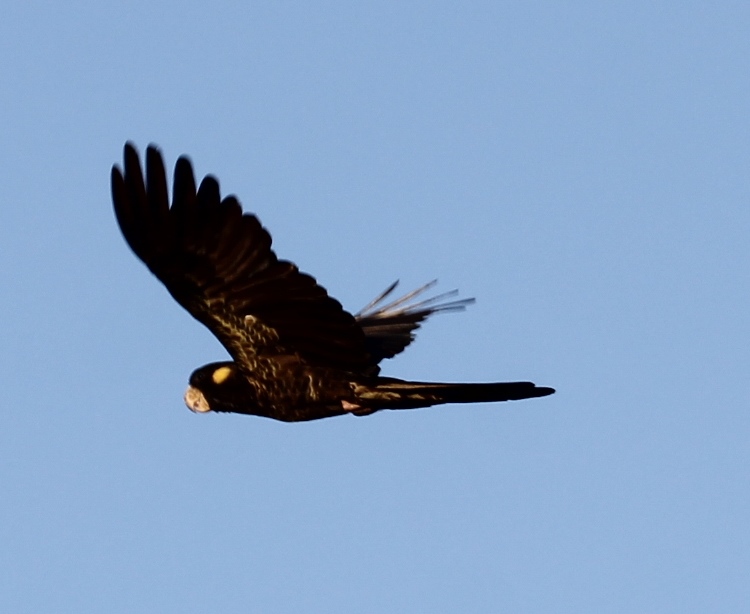
BRISBANE & RAINBOW BEACH – 1 DAY
If you haven’t seen King Parrots yet, have lunch at the small cafe near Jolly’s Lookout as King Parrots, Rainbow Lorkeets & Sulphur-crested Cockatoos hang out there. Then make the 3 hour drive north to Rainbow Beach or Tin Can Bay. Up here you have another chance at Yellow-tail Black Cockatoos, Rainbow Lorikeets, Galahs & Sulphur-crested Cockatooos. But the main reason to come here is:
So there you have it – 25 parrot species all in South-east Queensland. We do occasionally get Swift Parrots up this far as well but that’s a longshot. They made it to Brisbane in 2014 but not this year. I do recommend doing 3 days in Coolmunda, 4 in Bowra, 3 in Girraween, 1 or 2 in Tin Can Bay/Rainbow Beach and one final day in Brisbane so try to allow 2 weeks if you can for a more leisurely birding experience!

